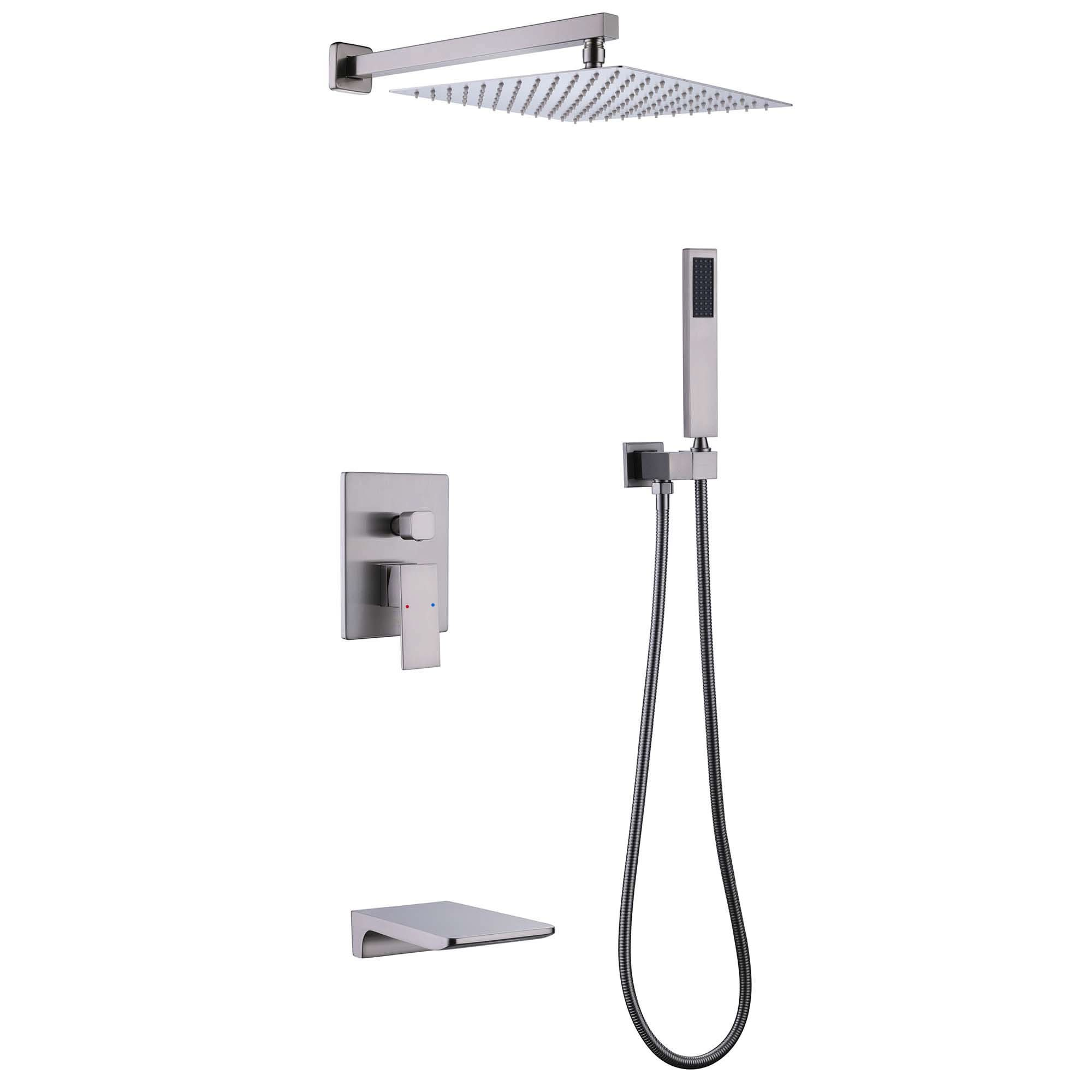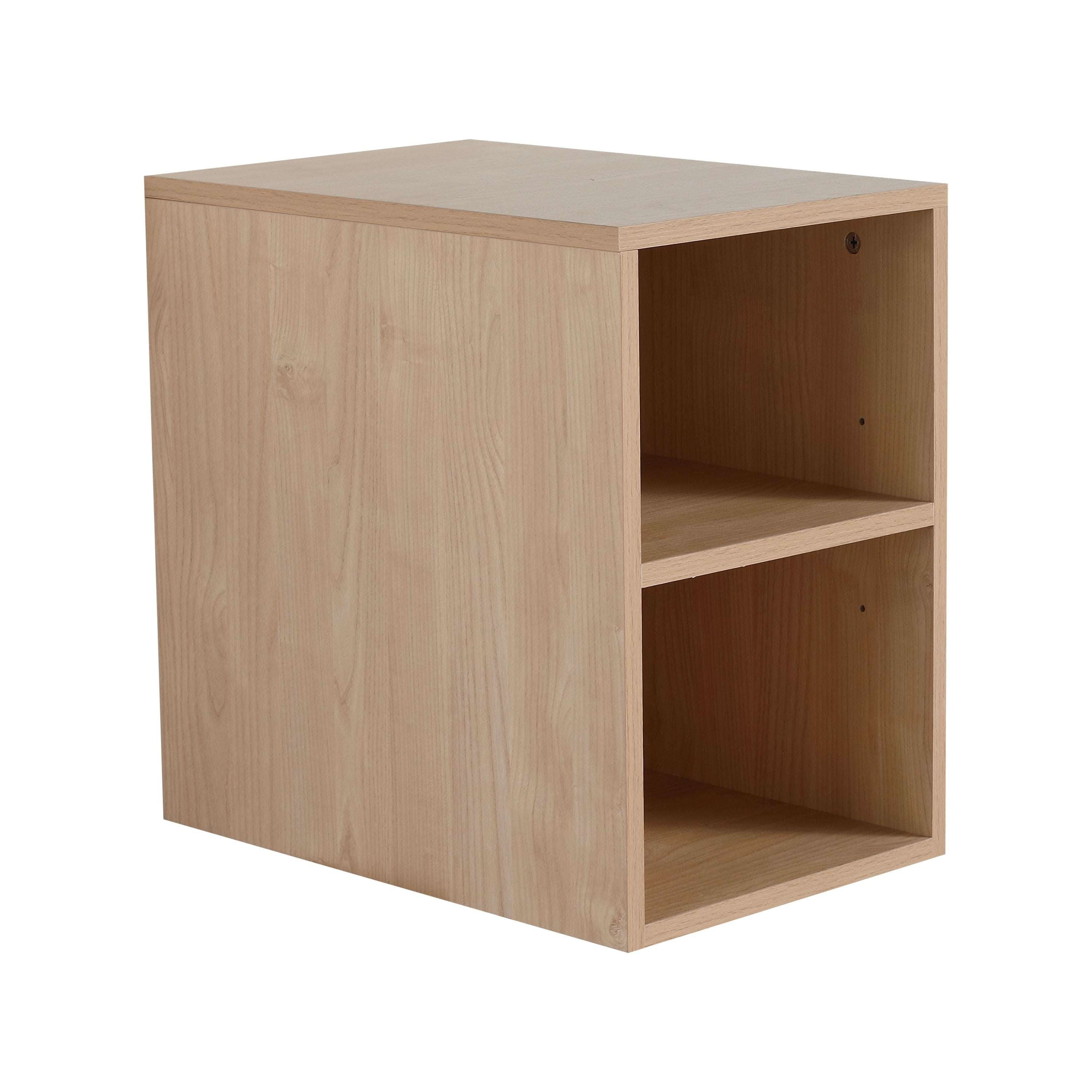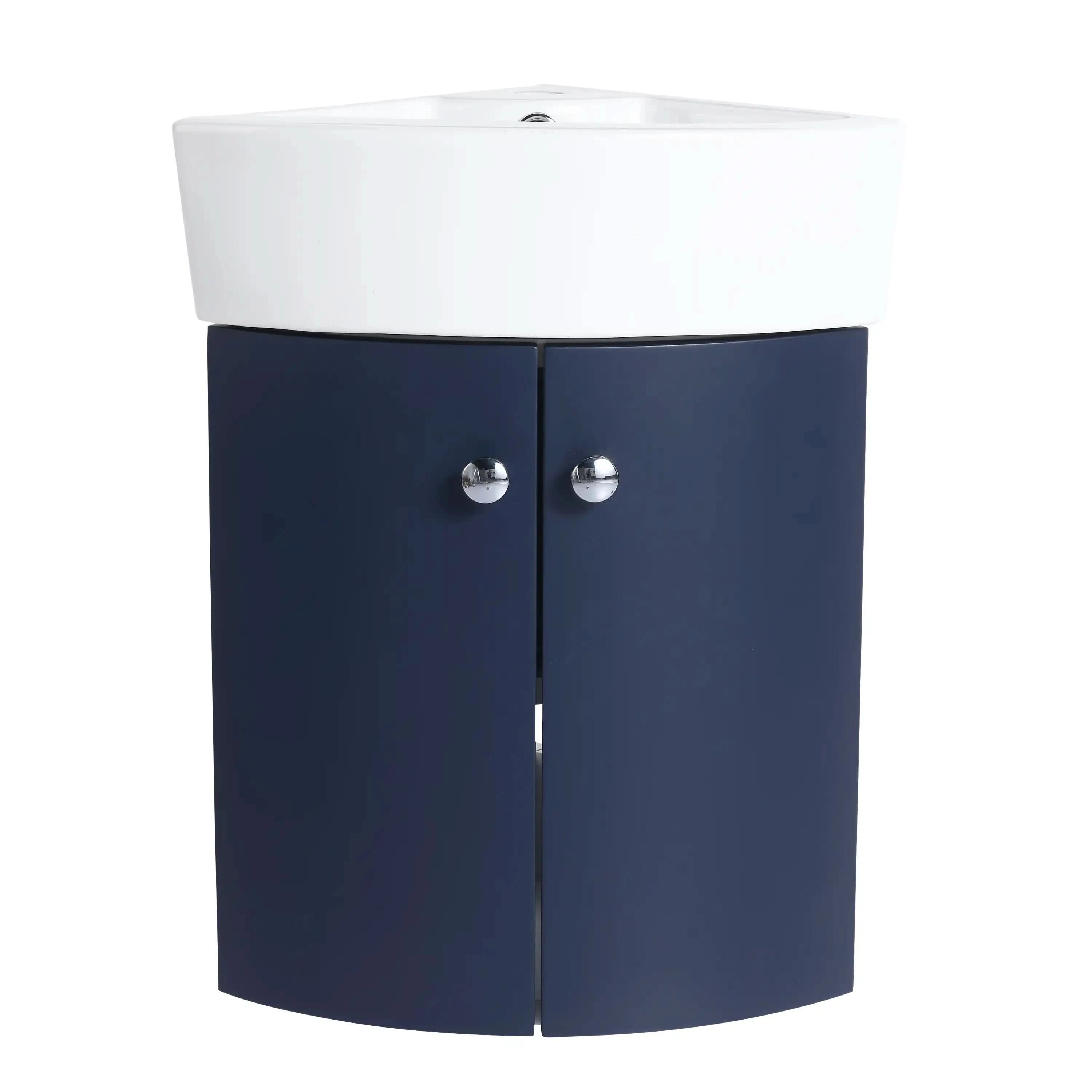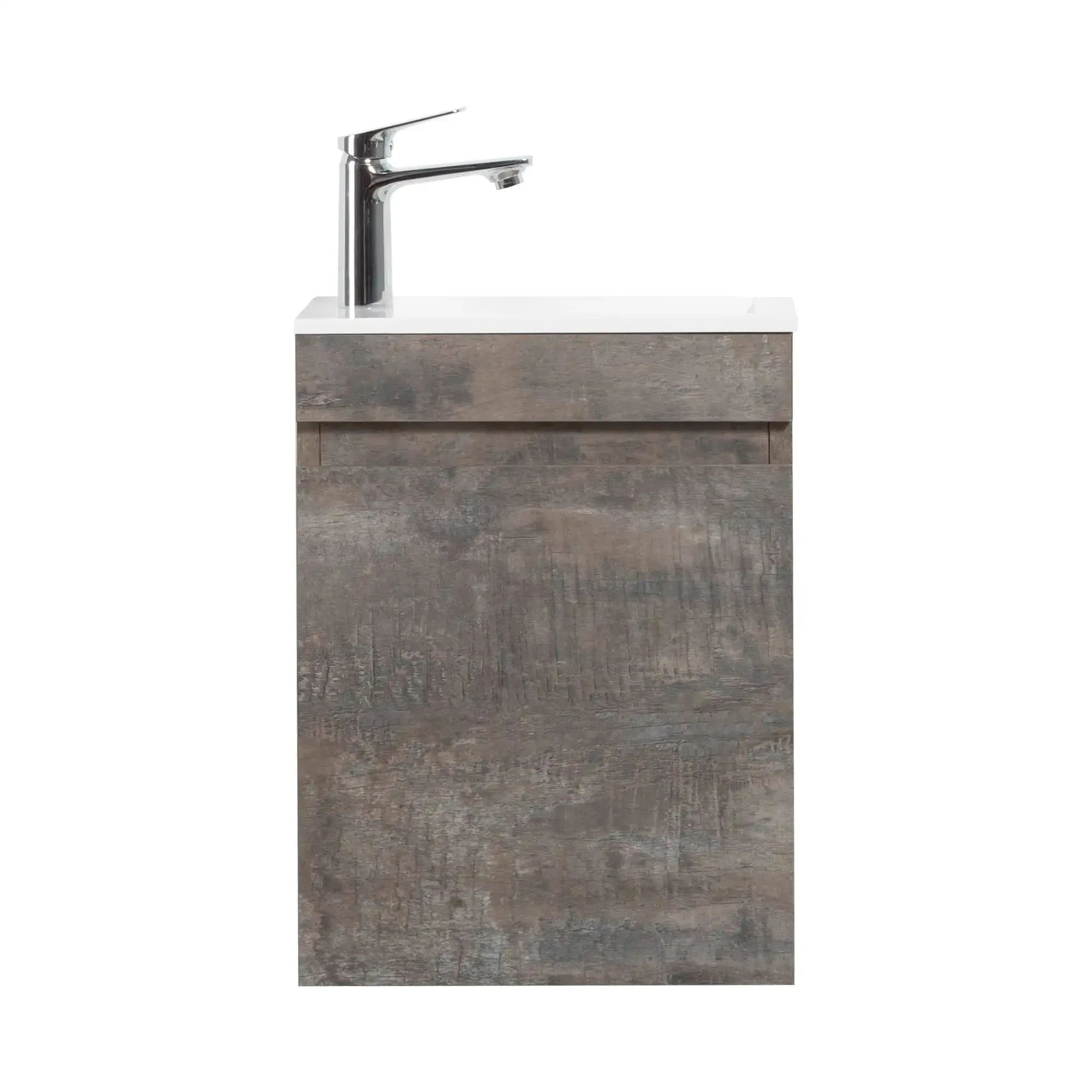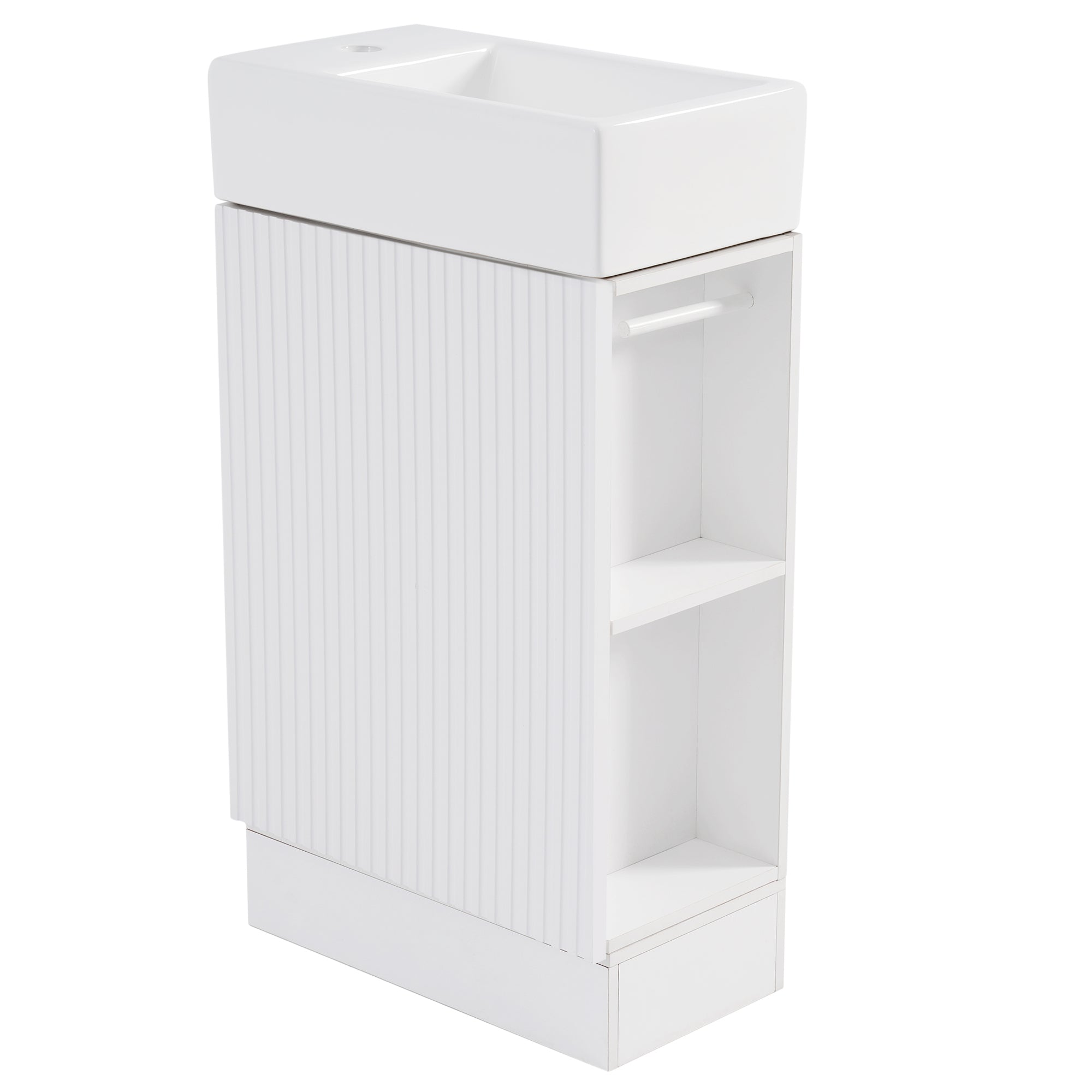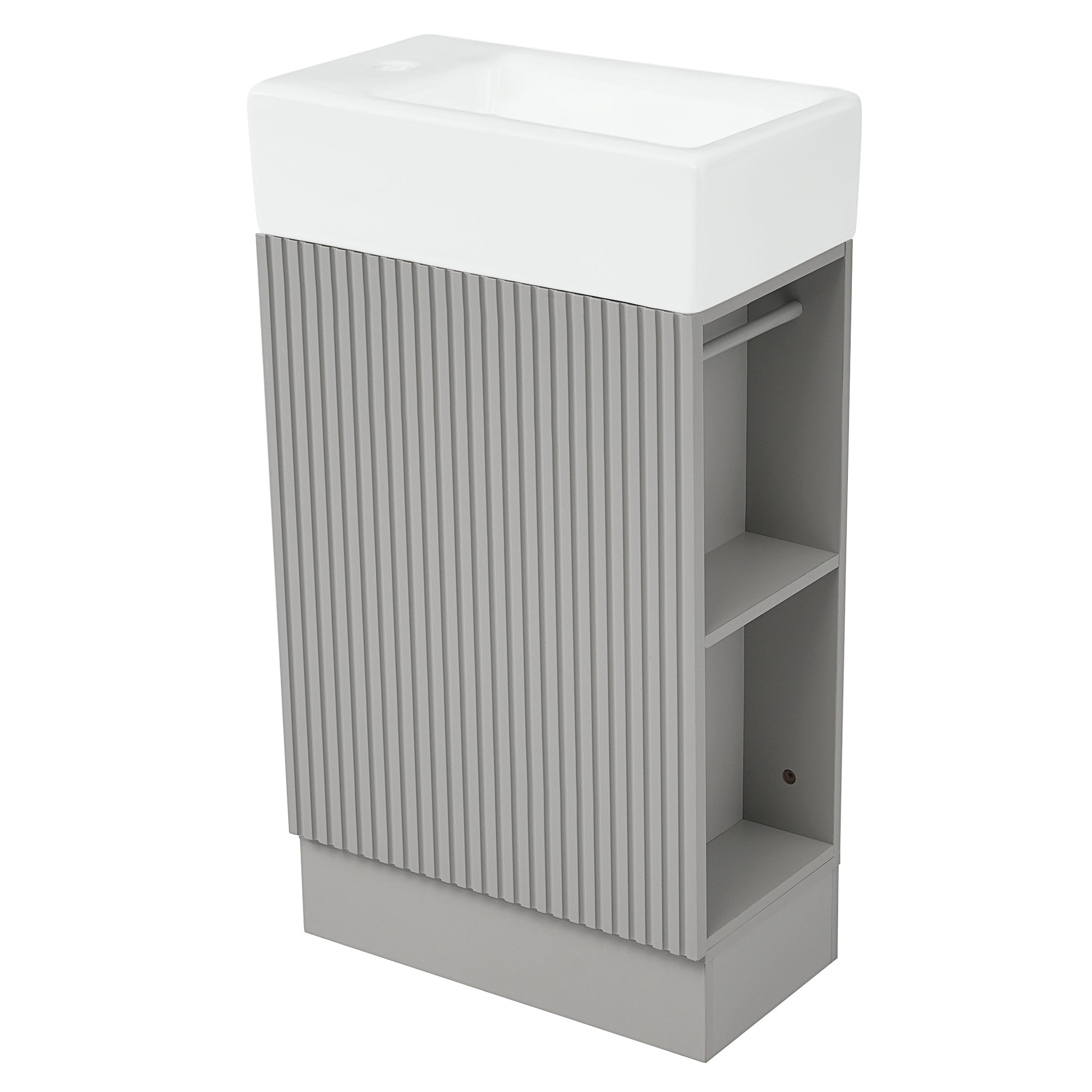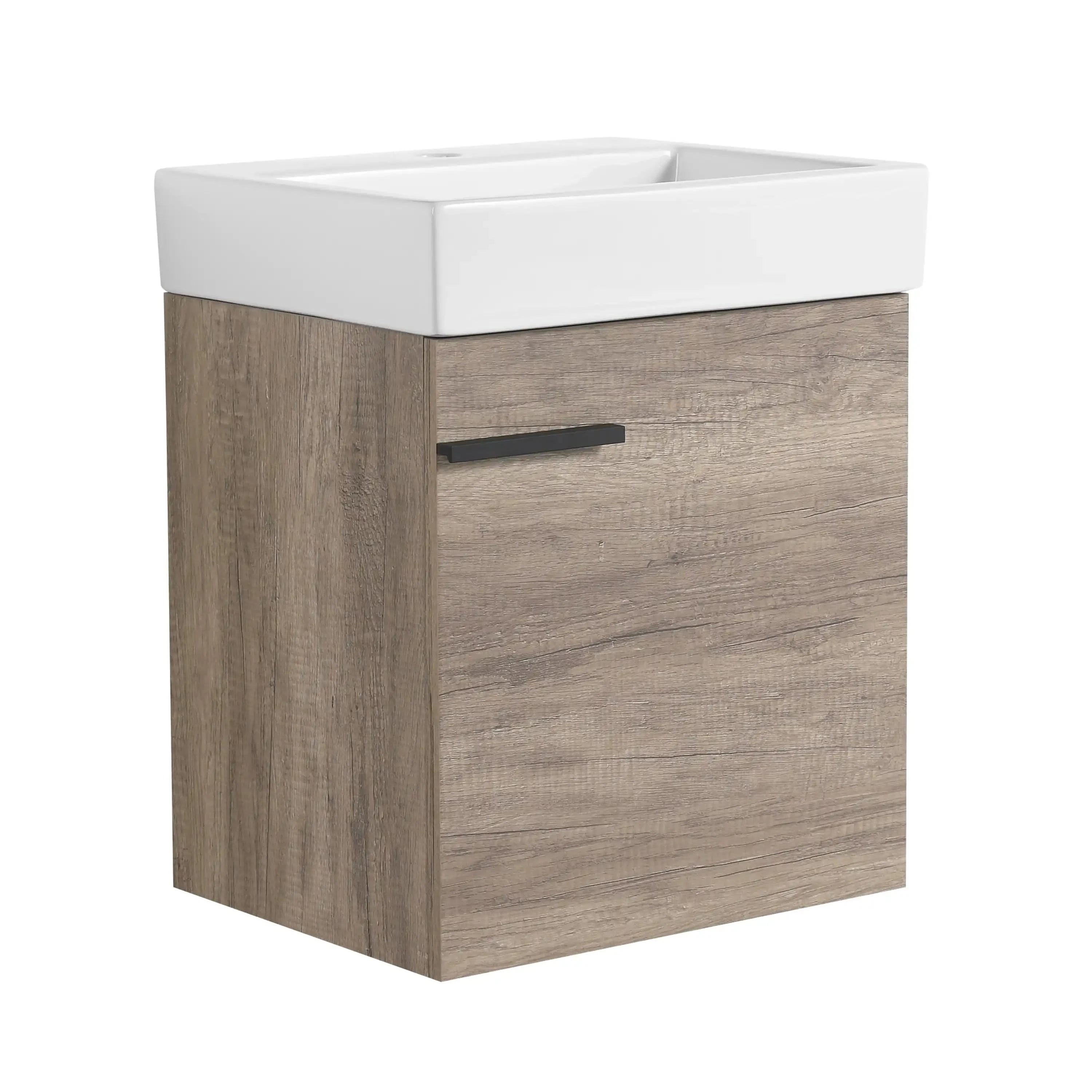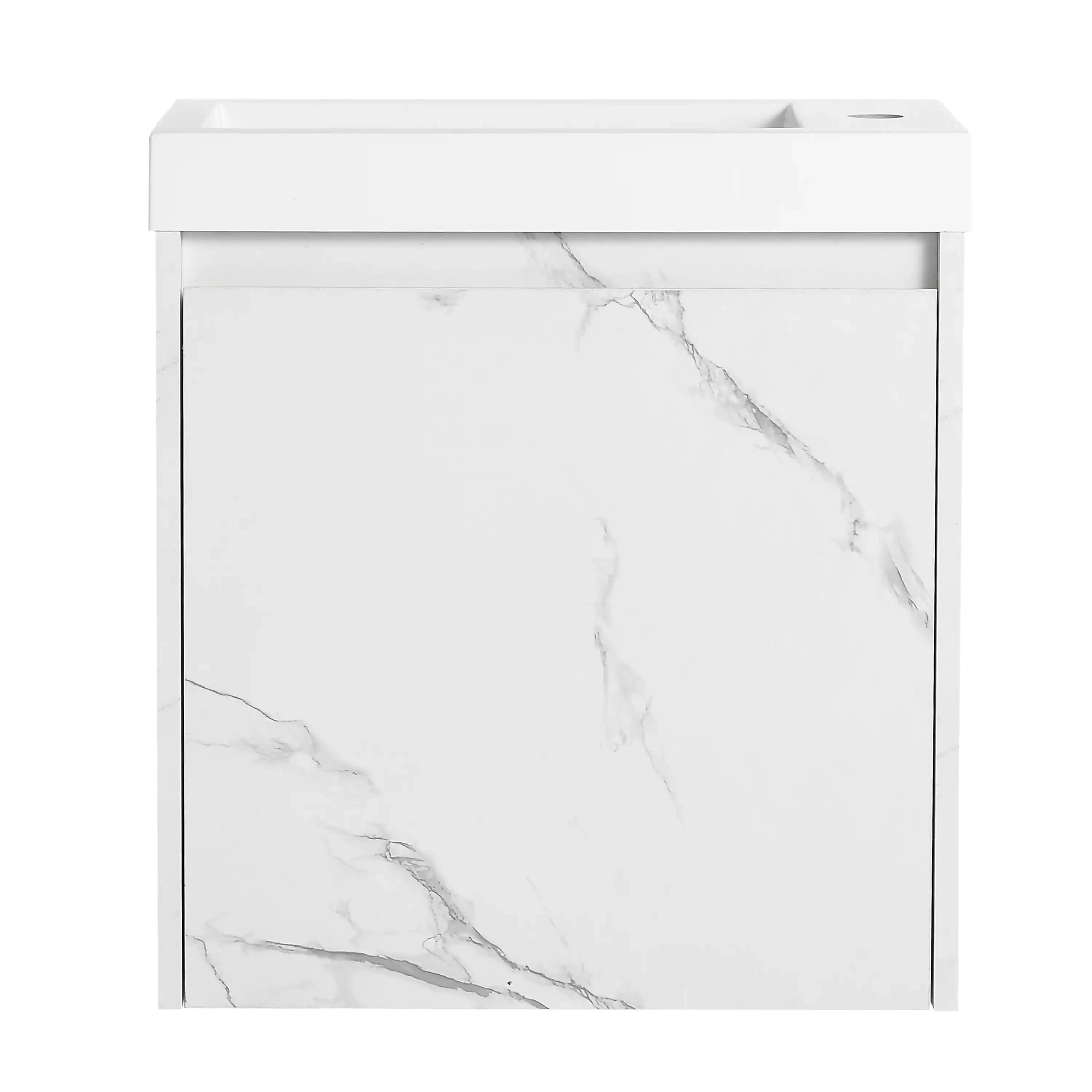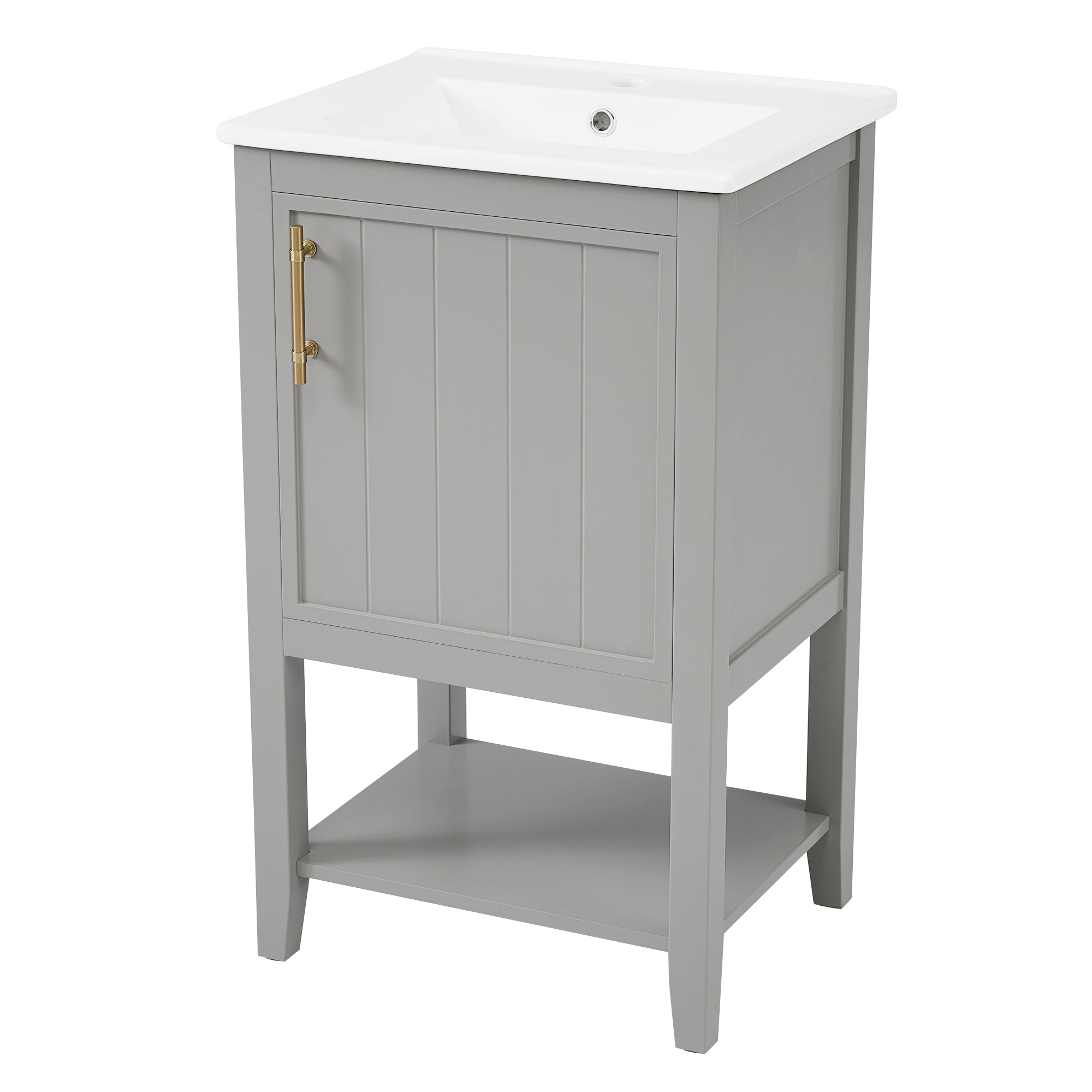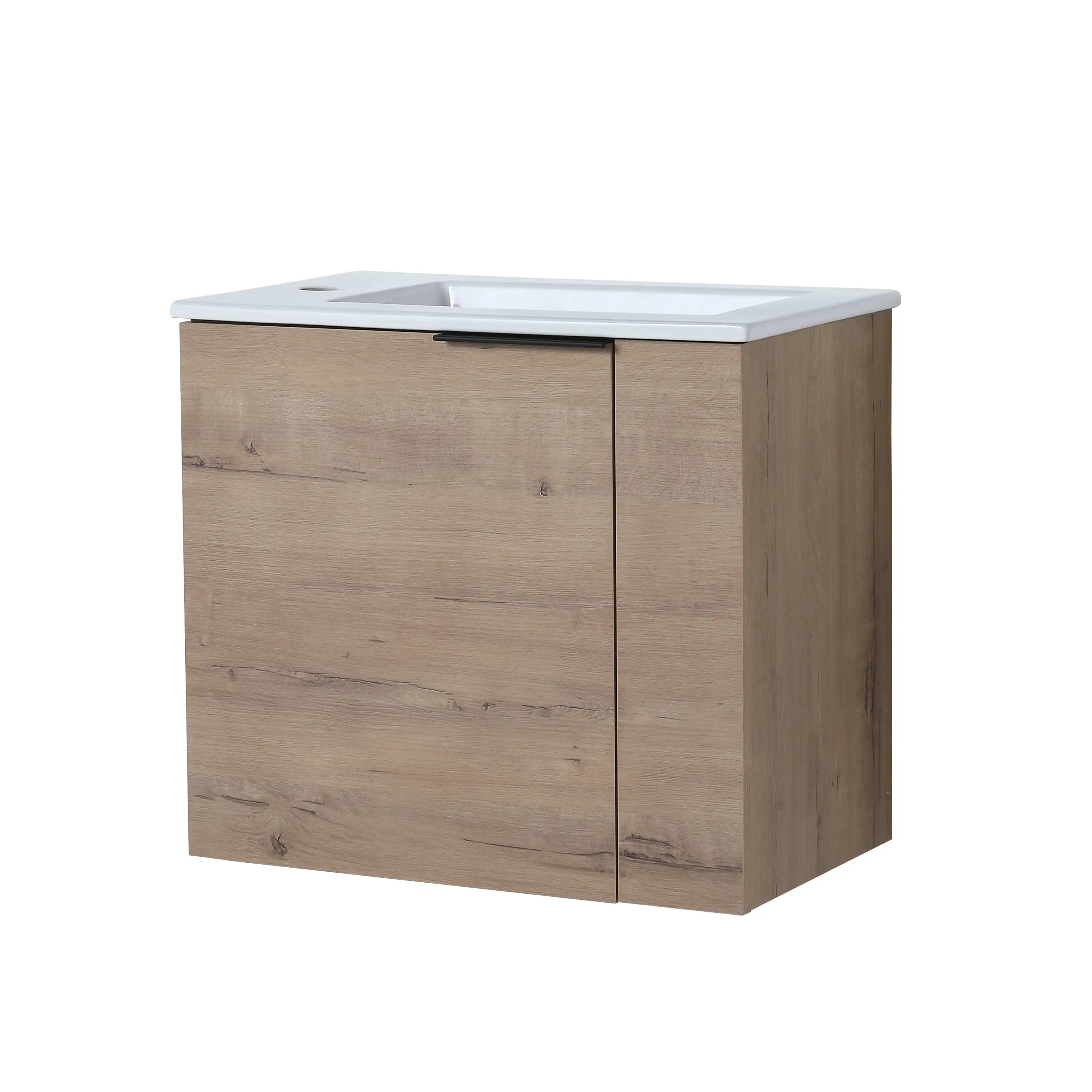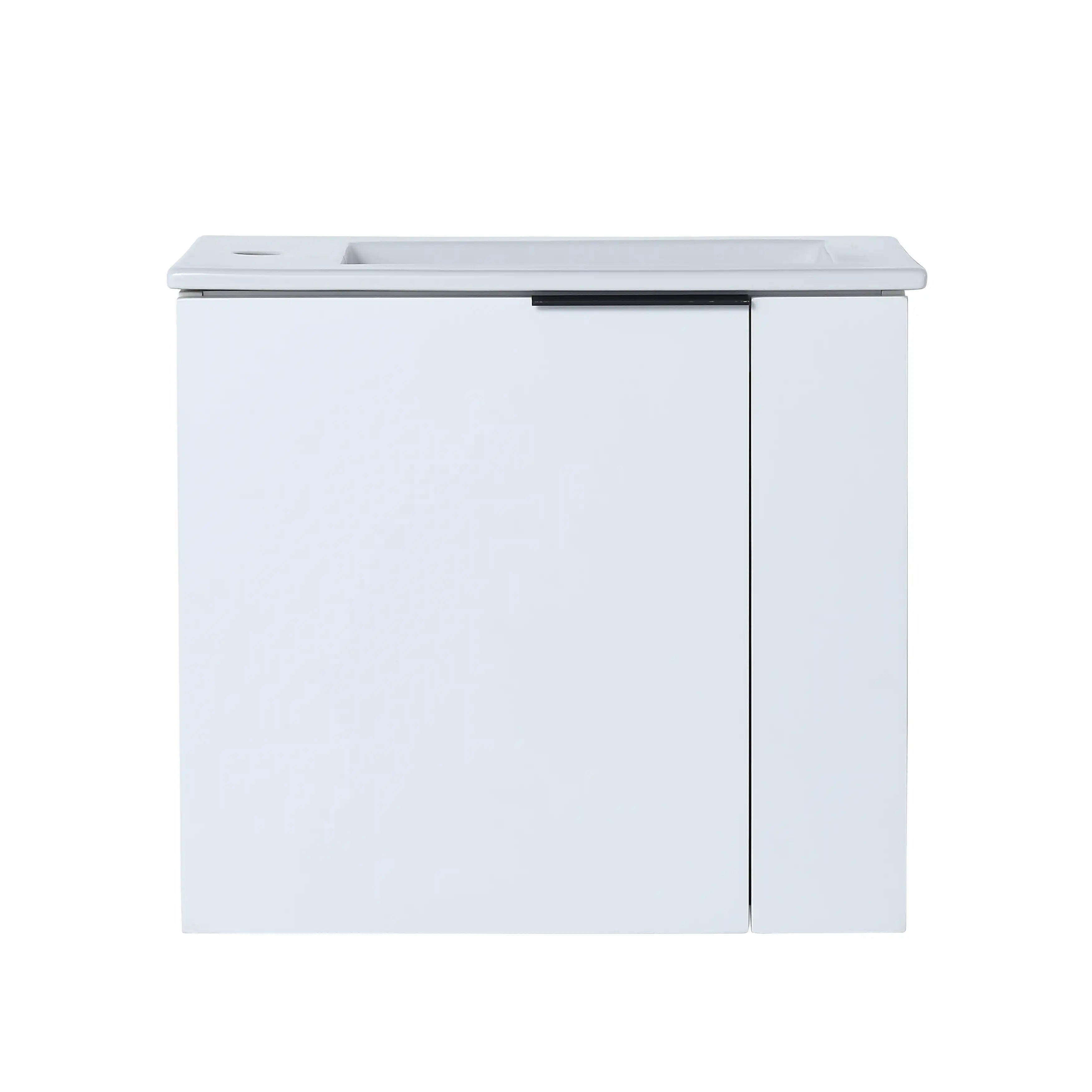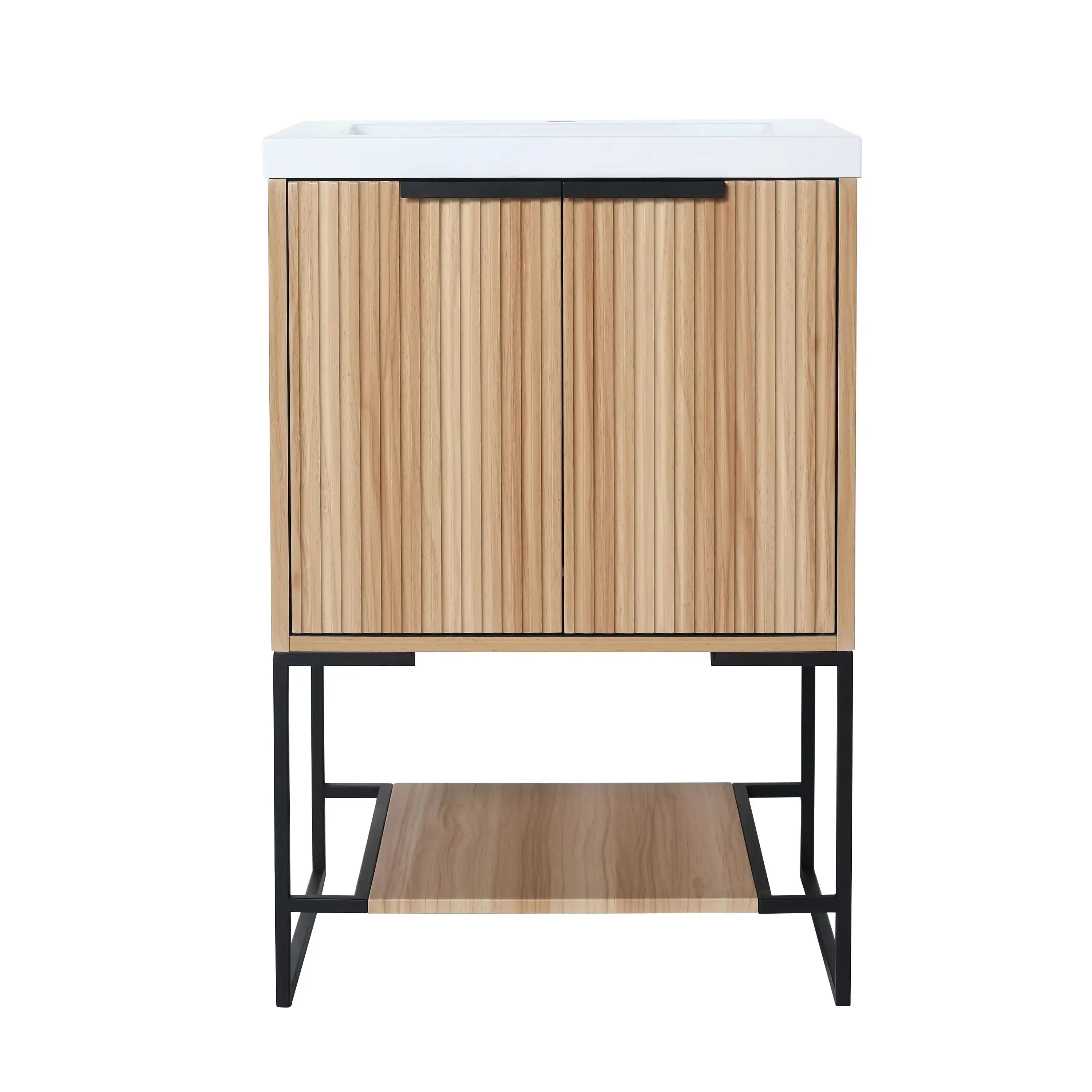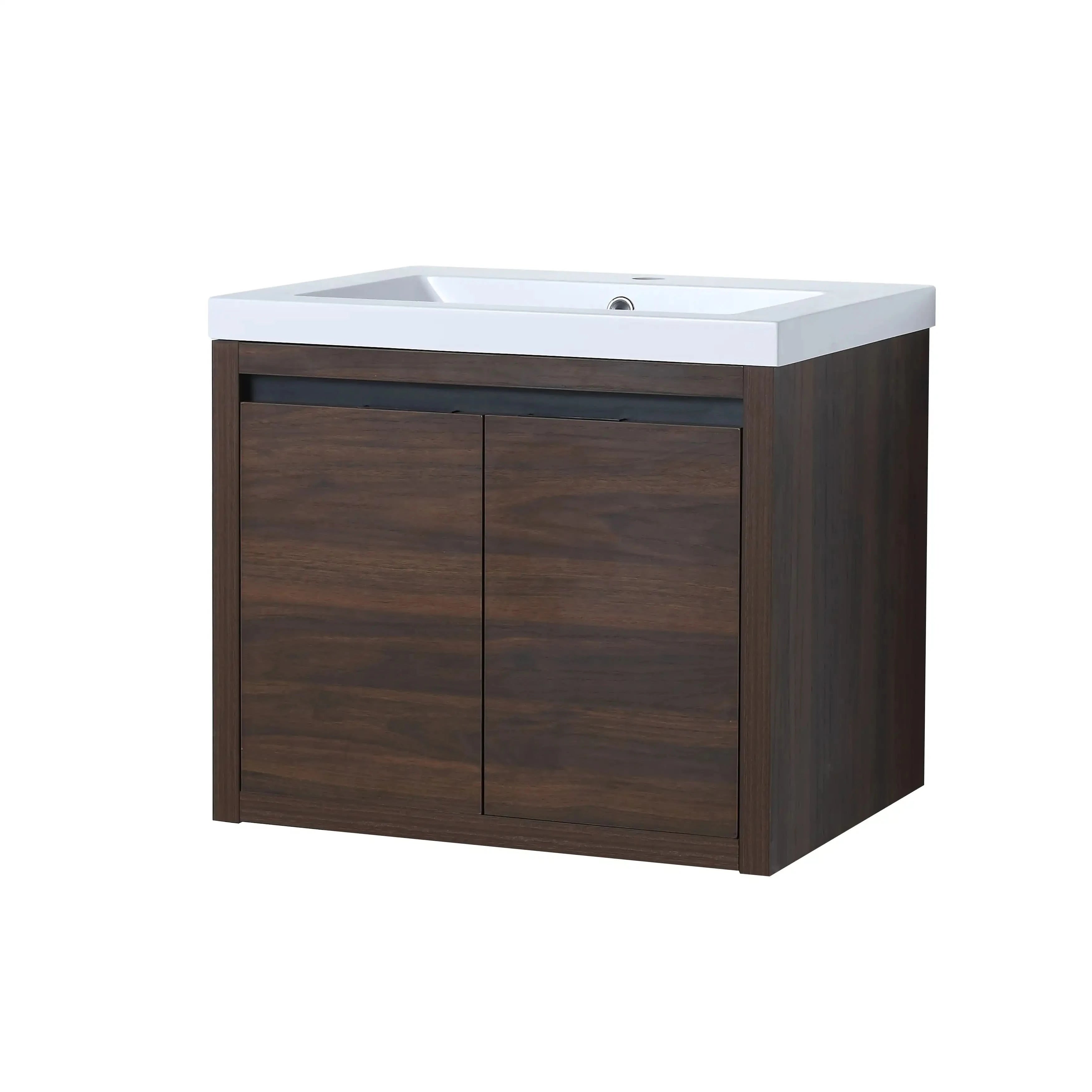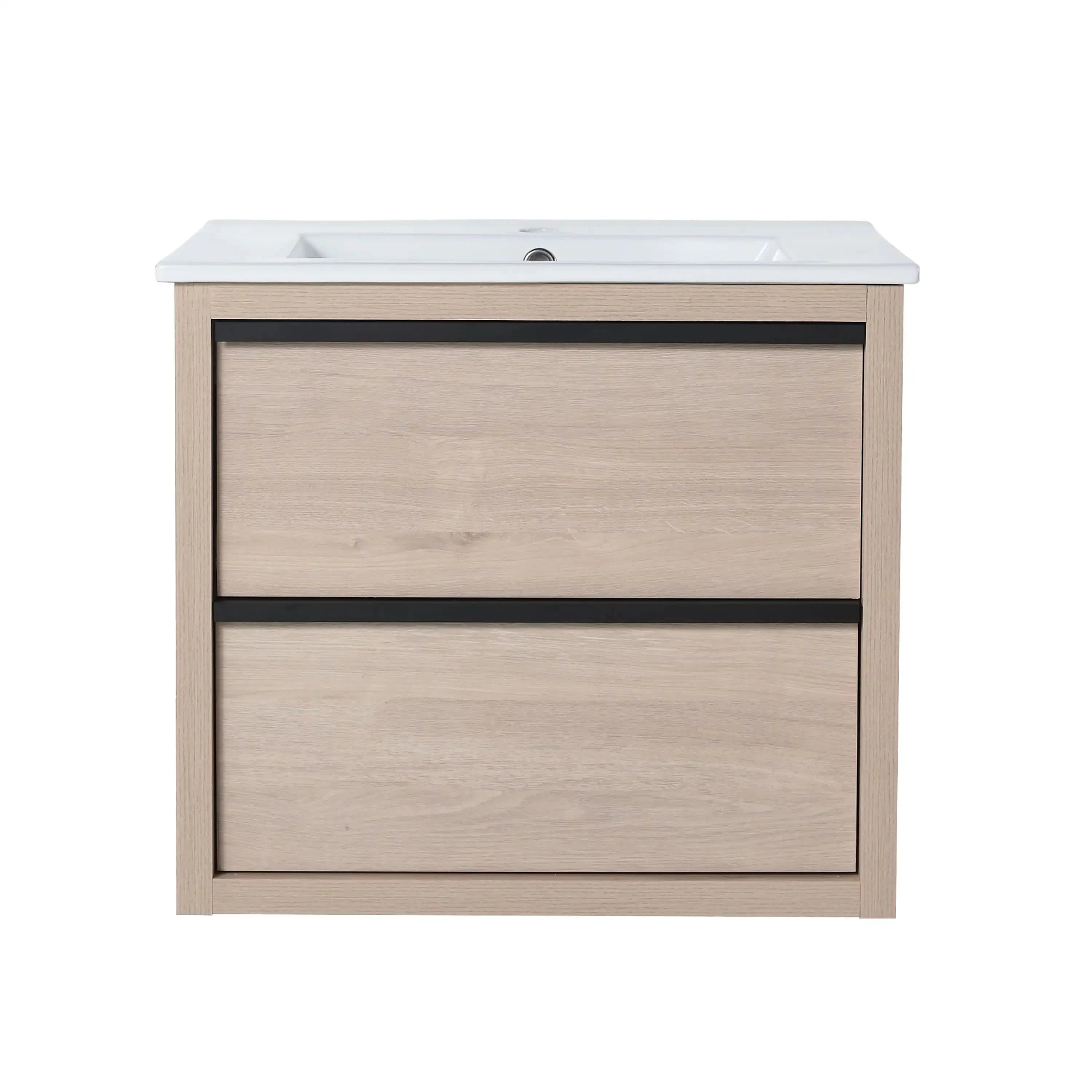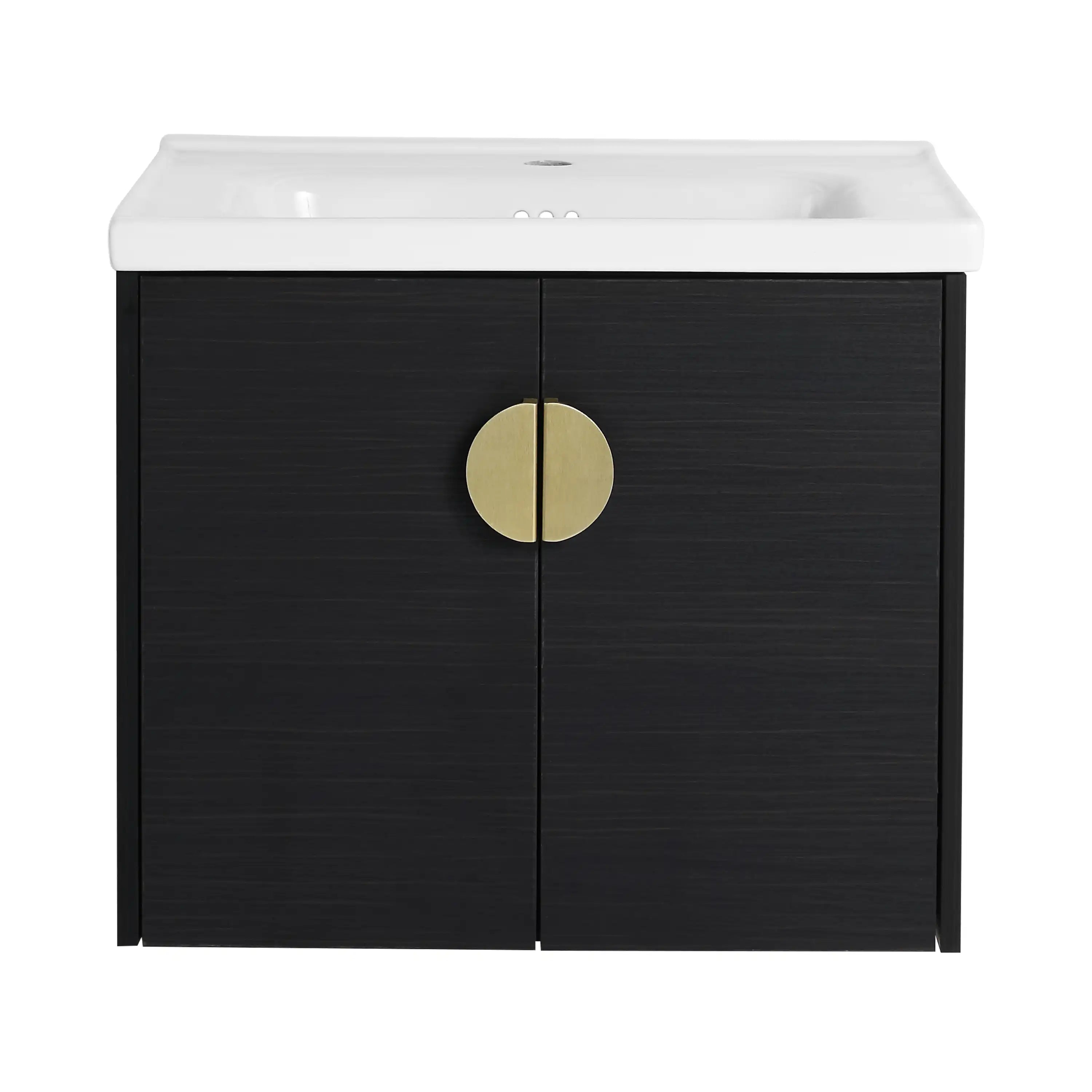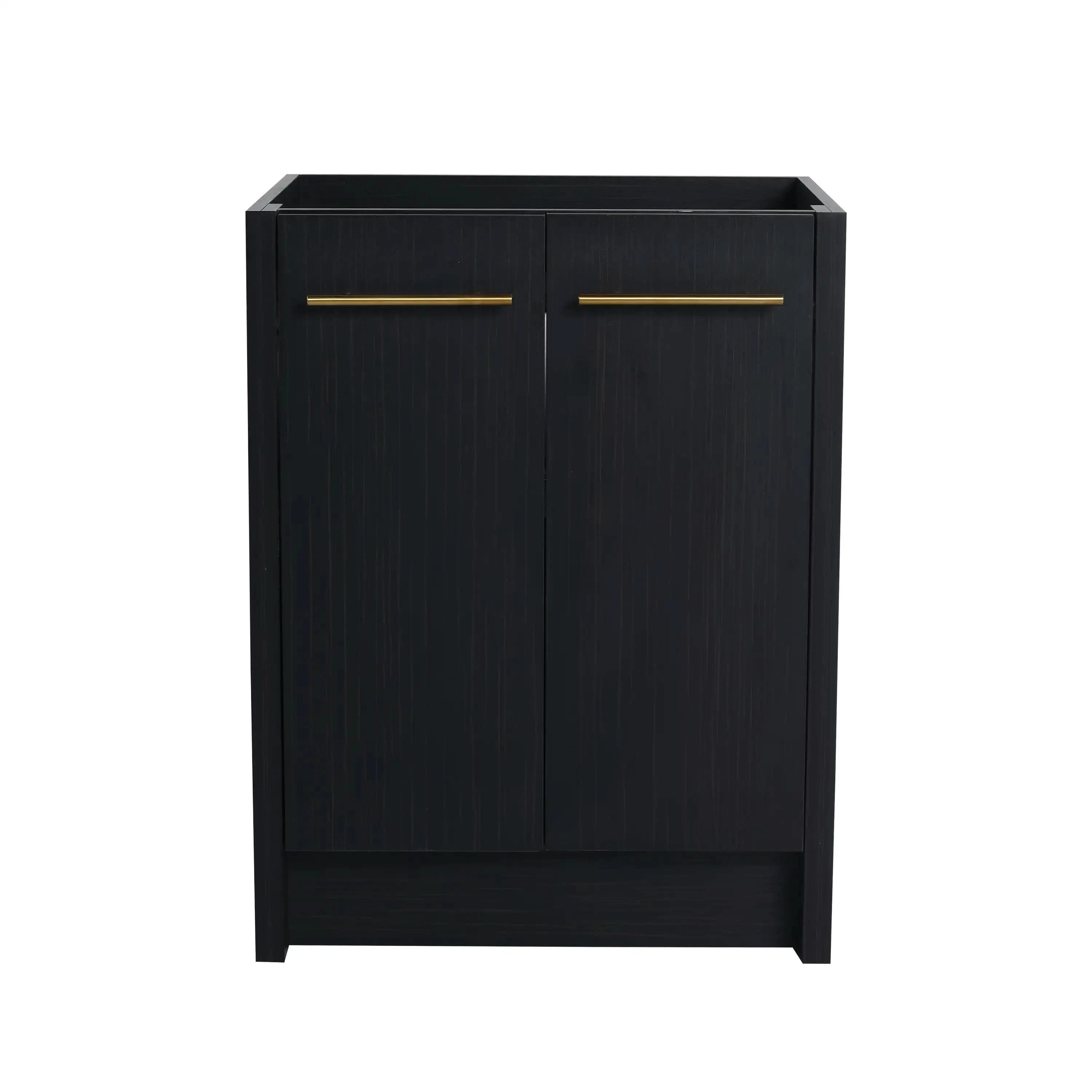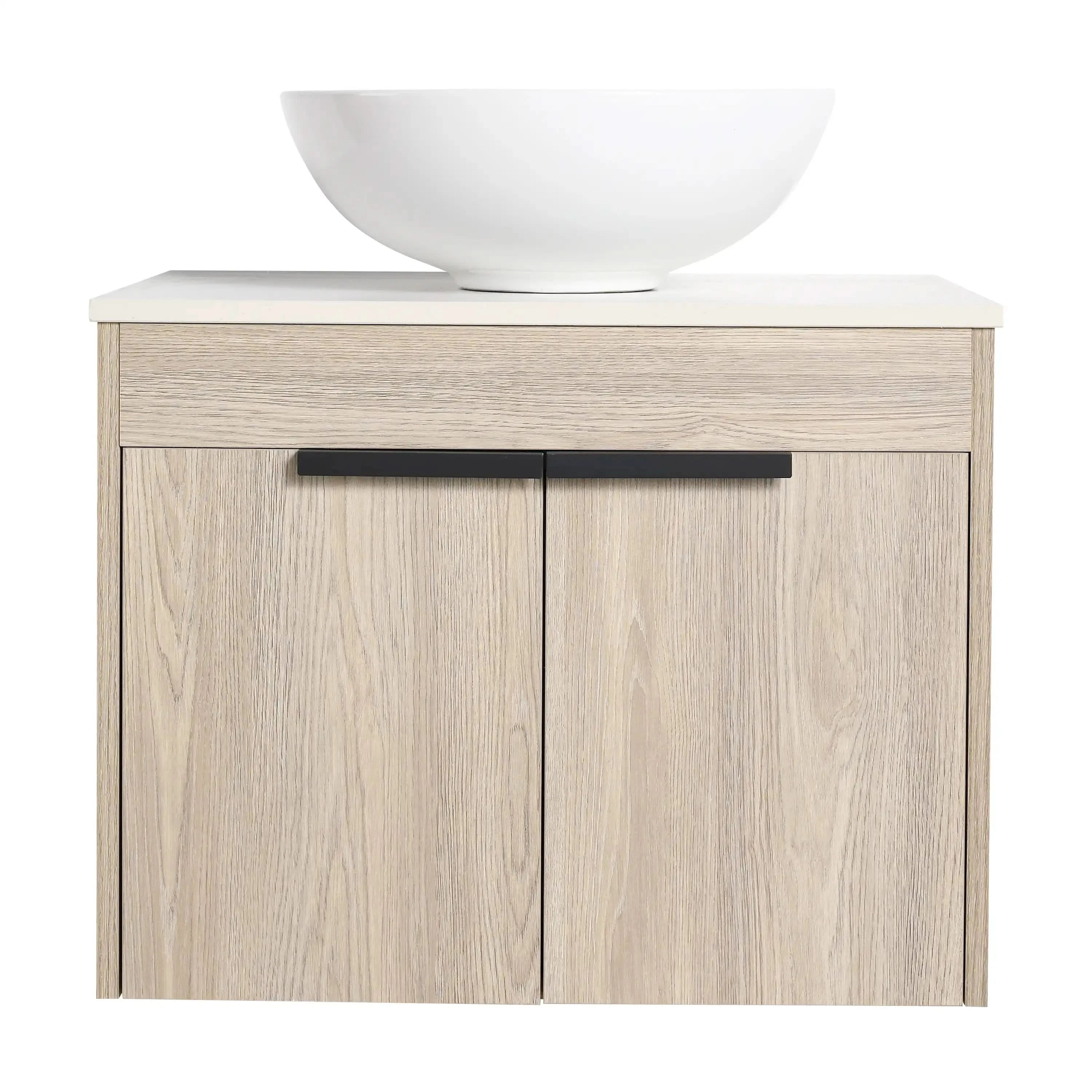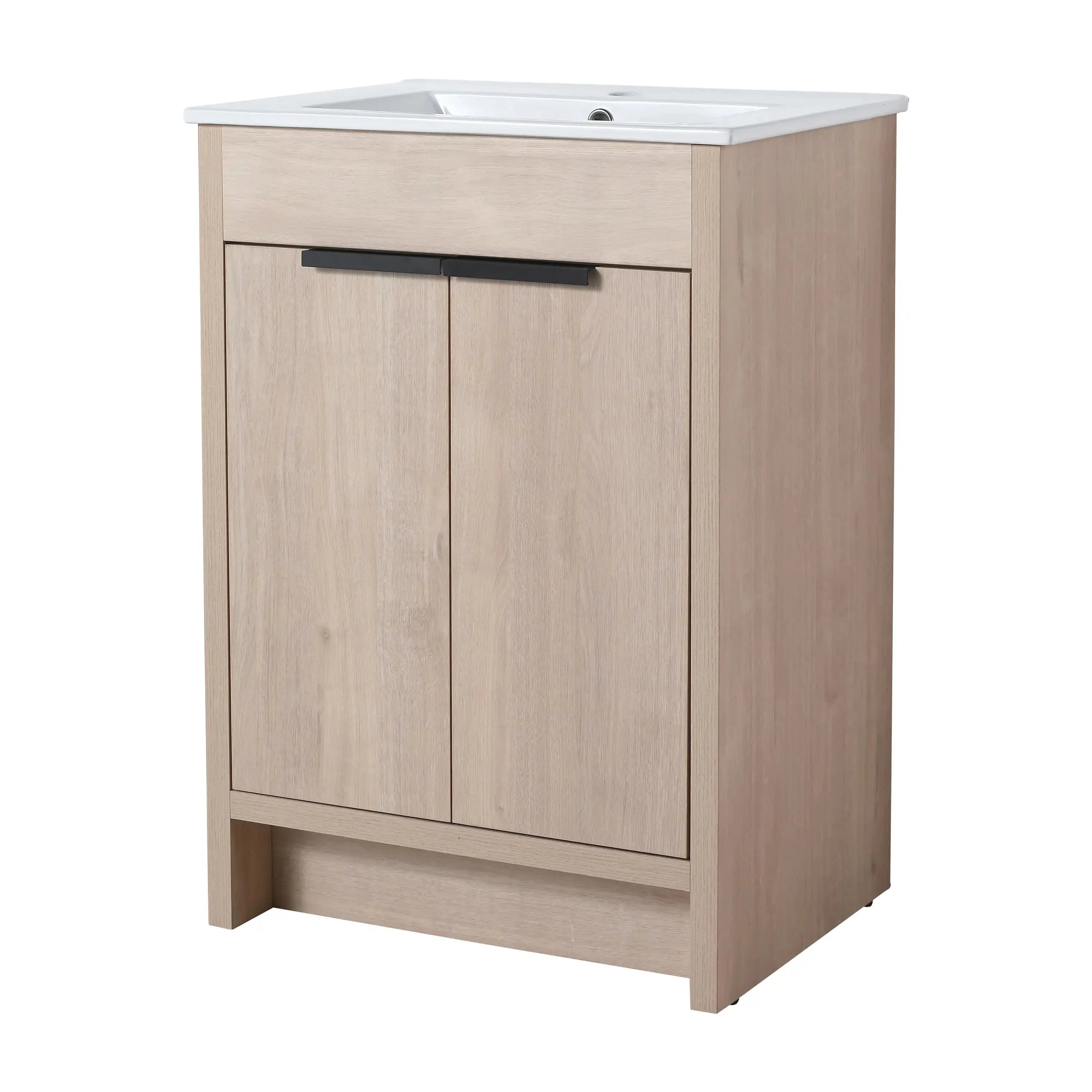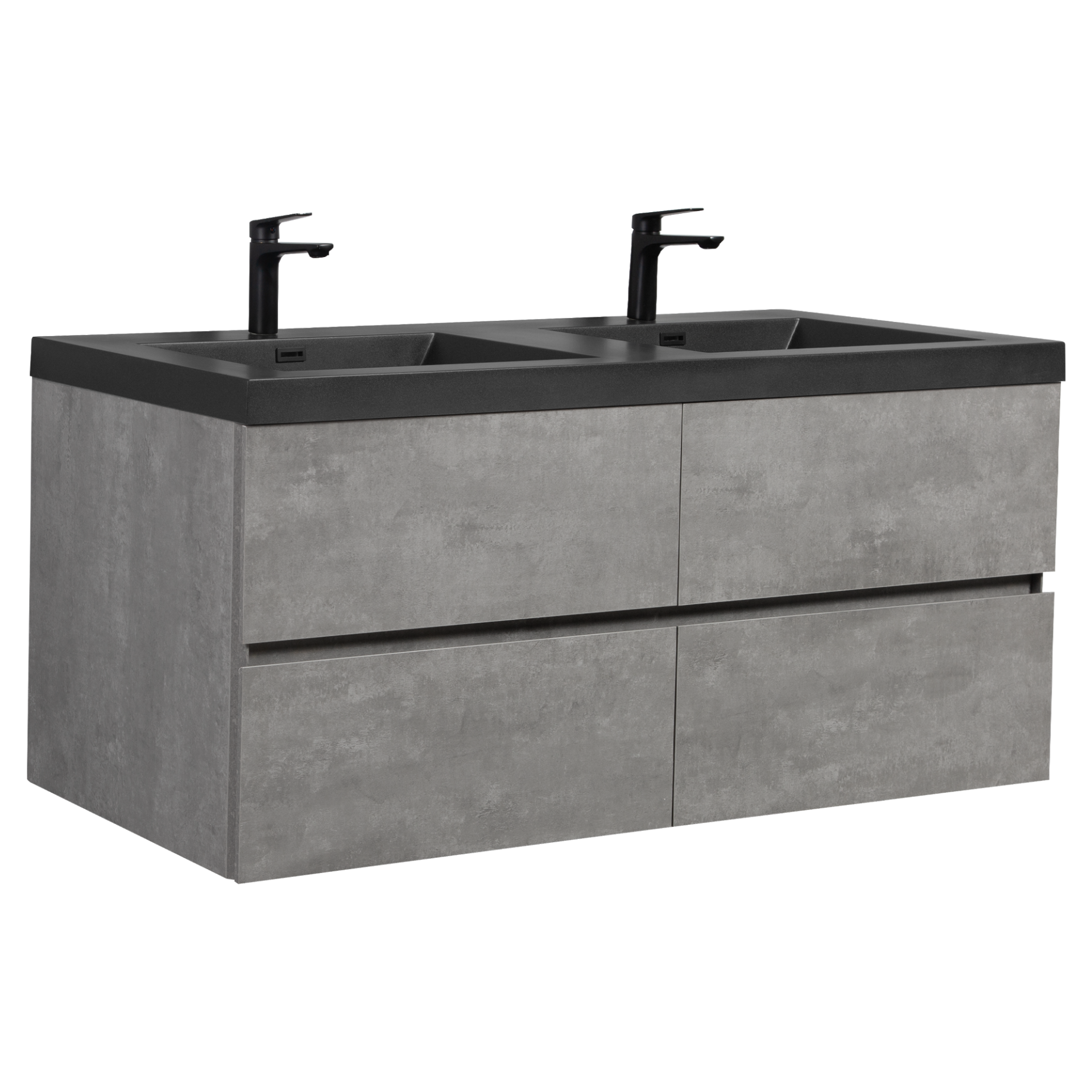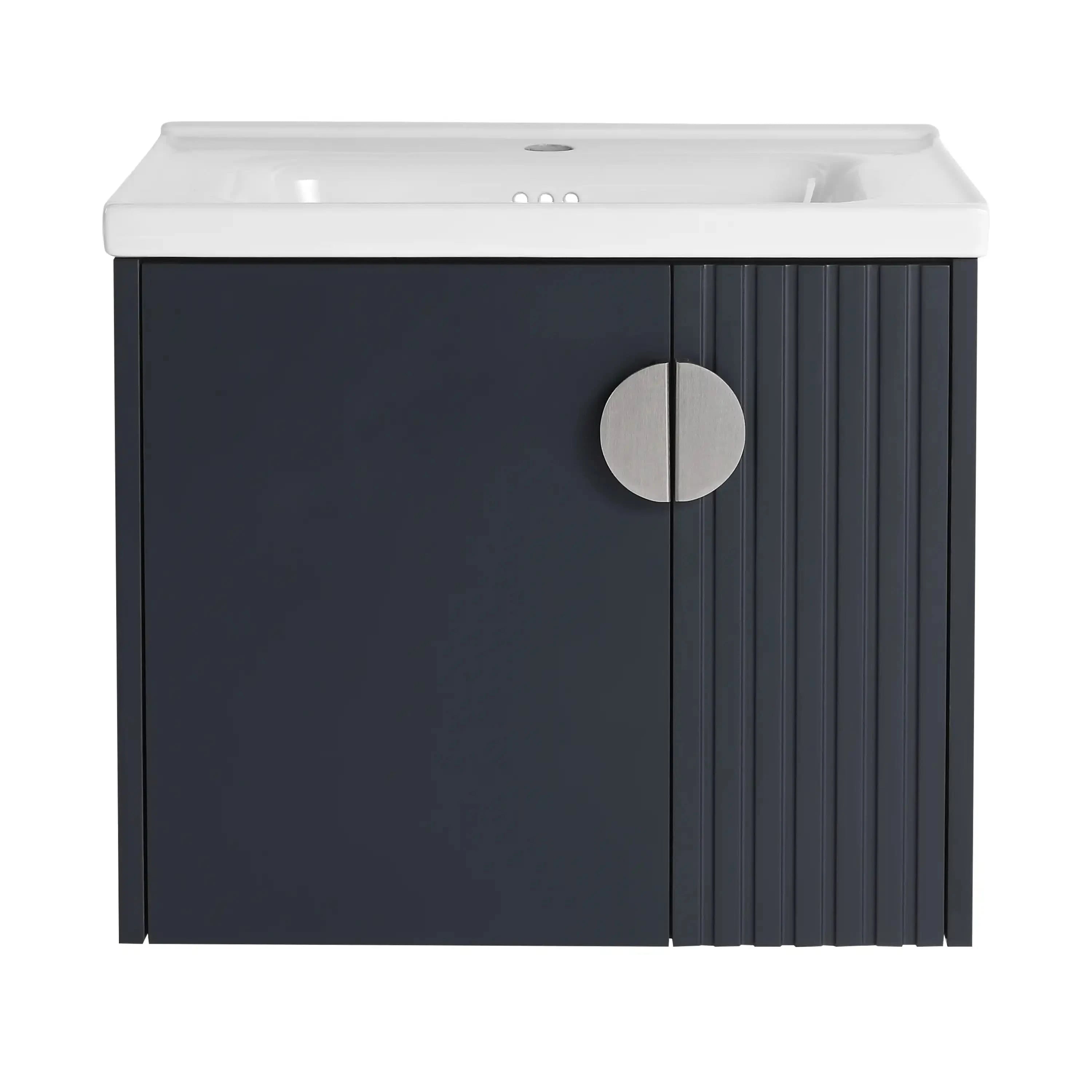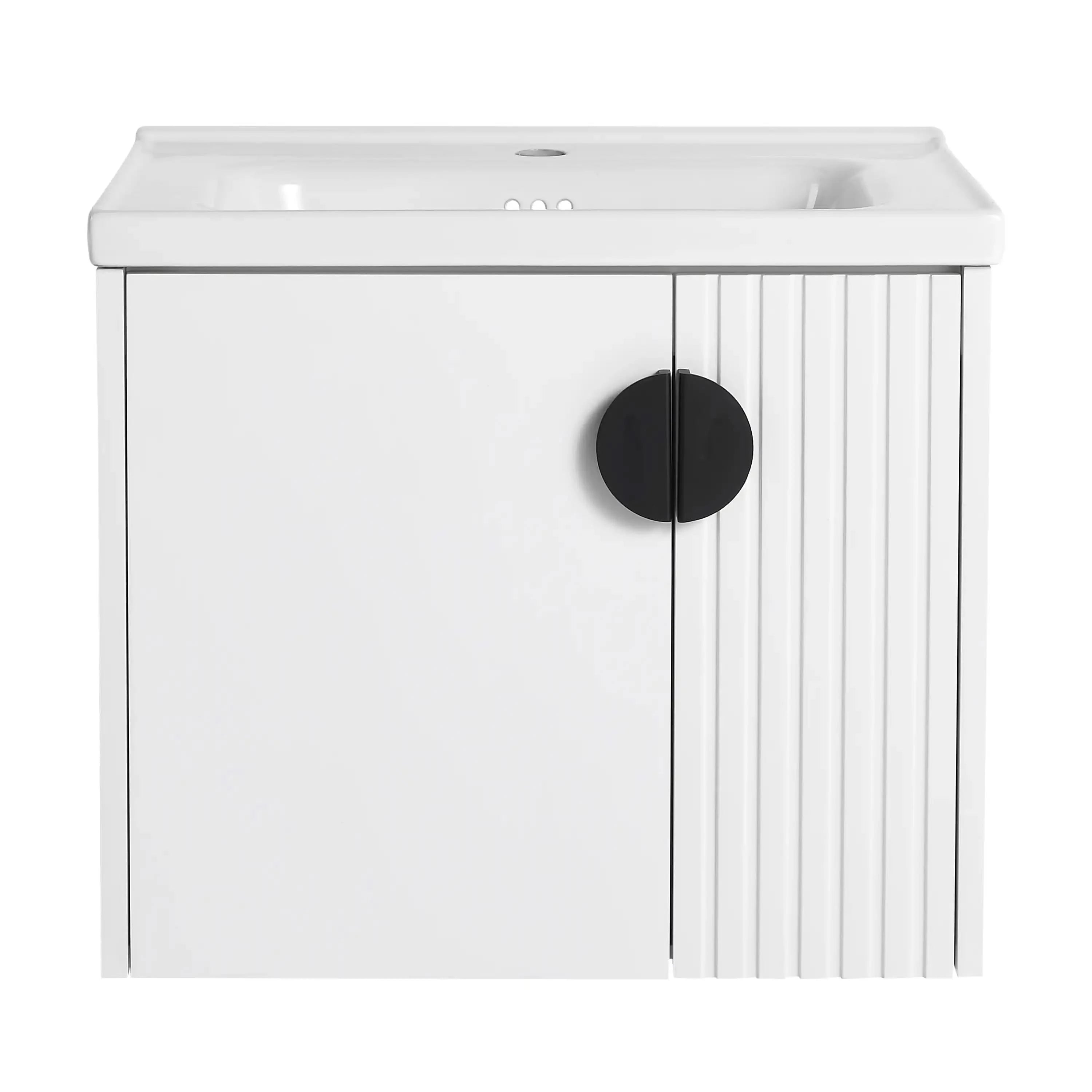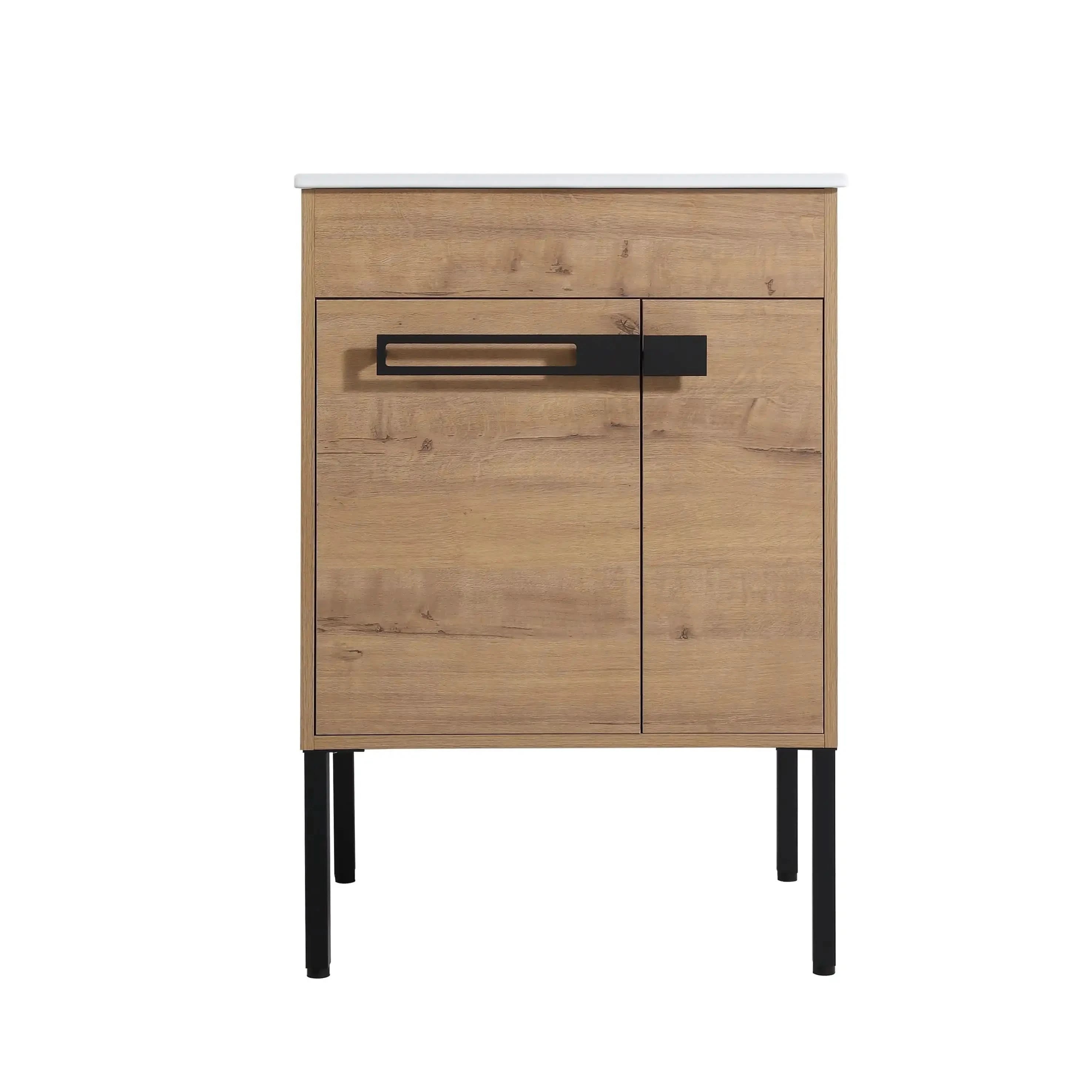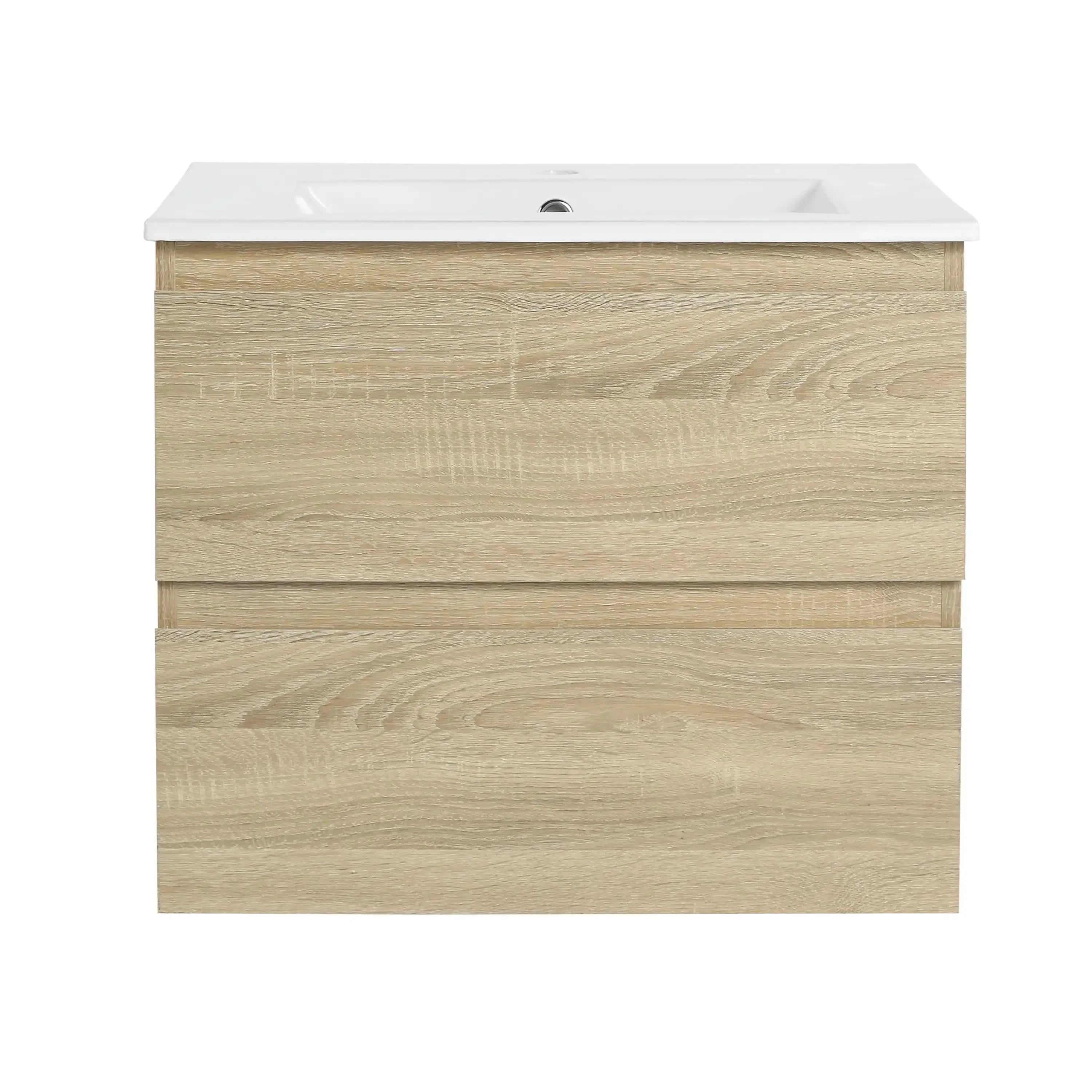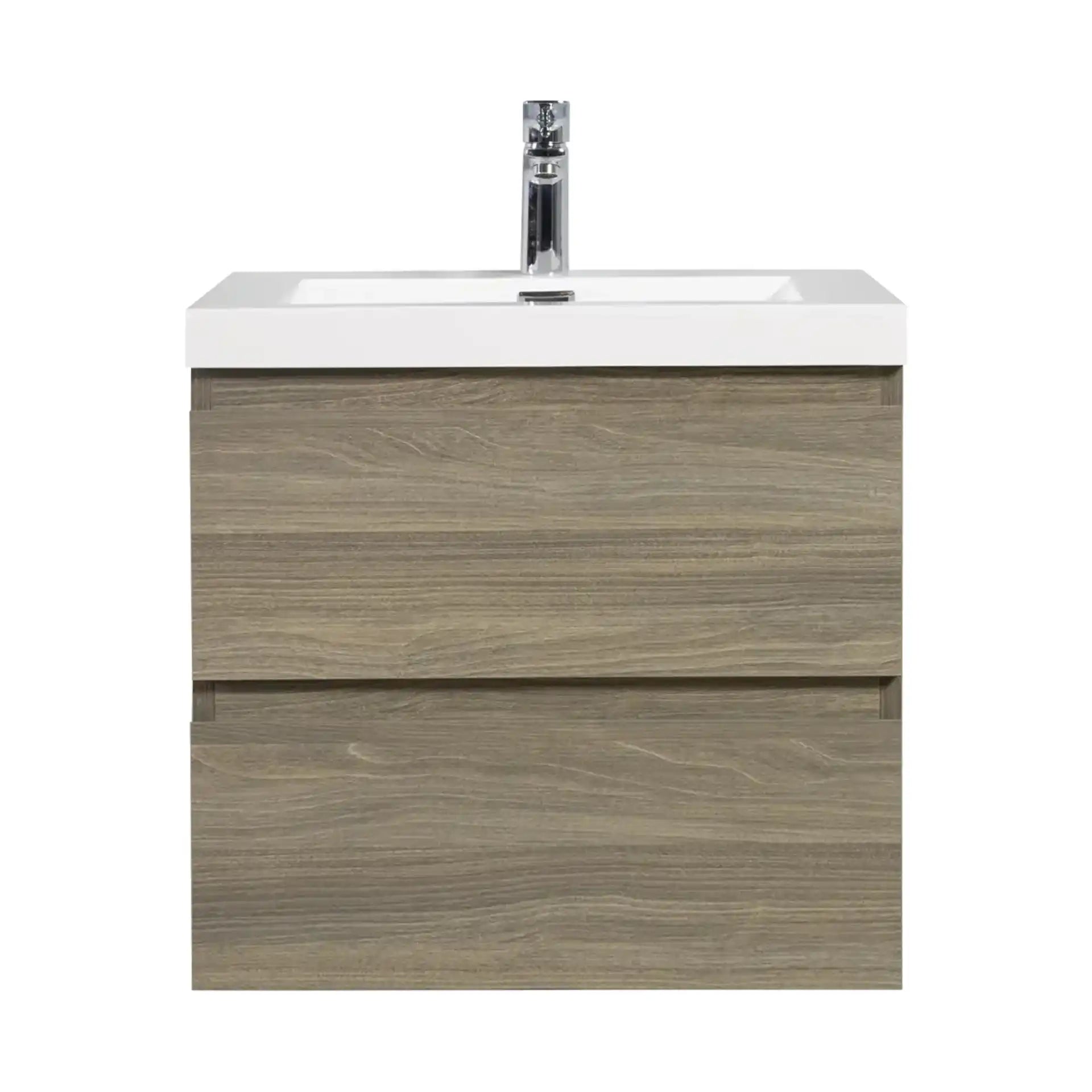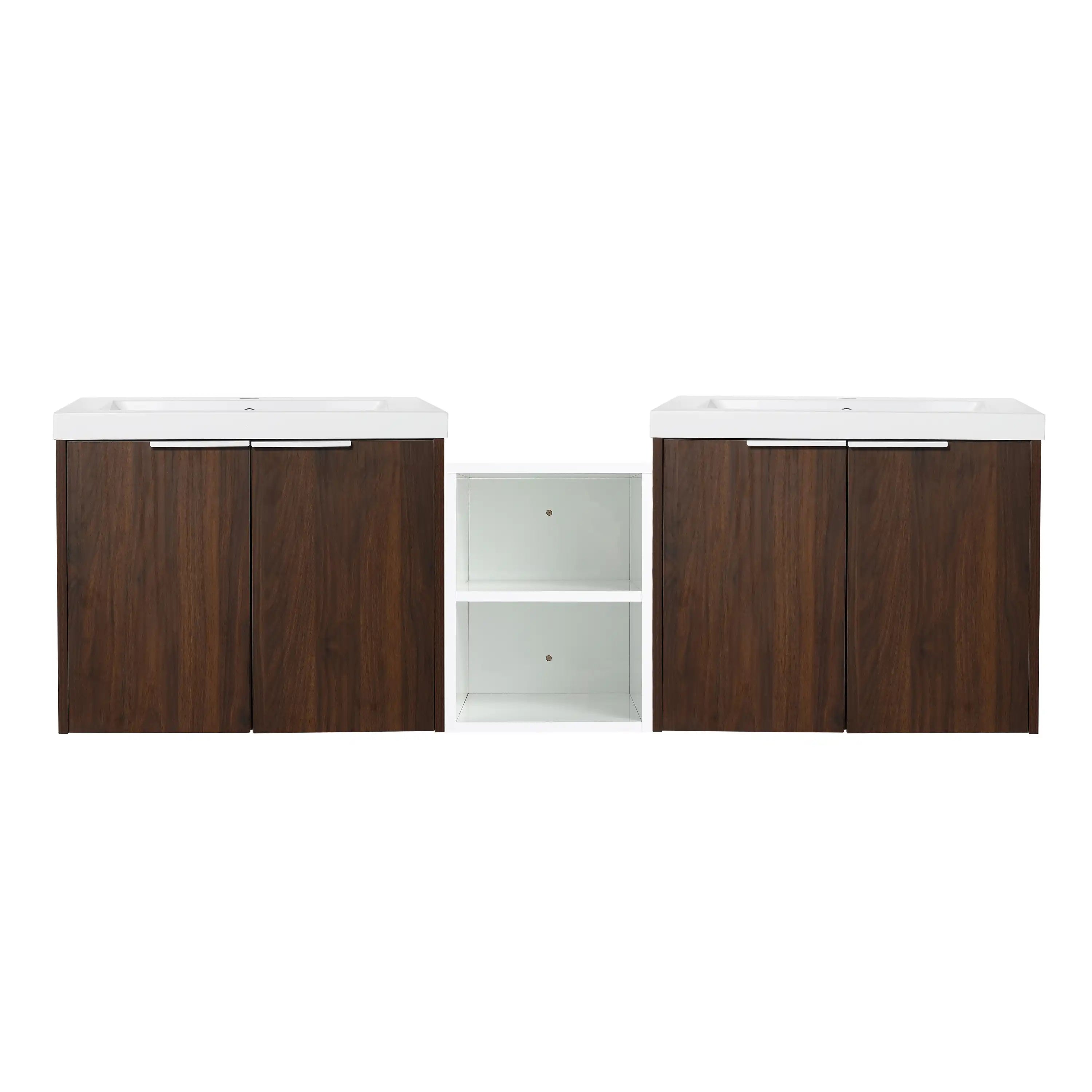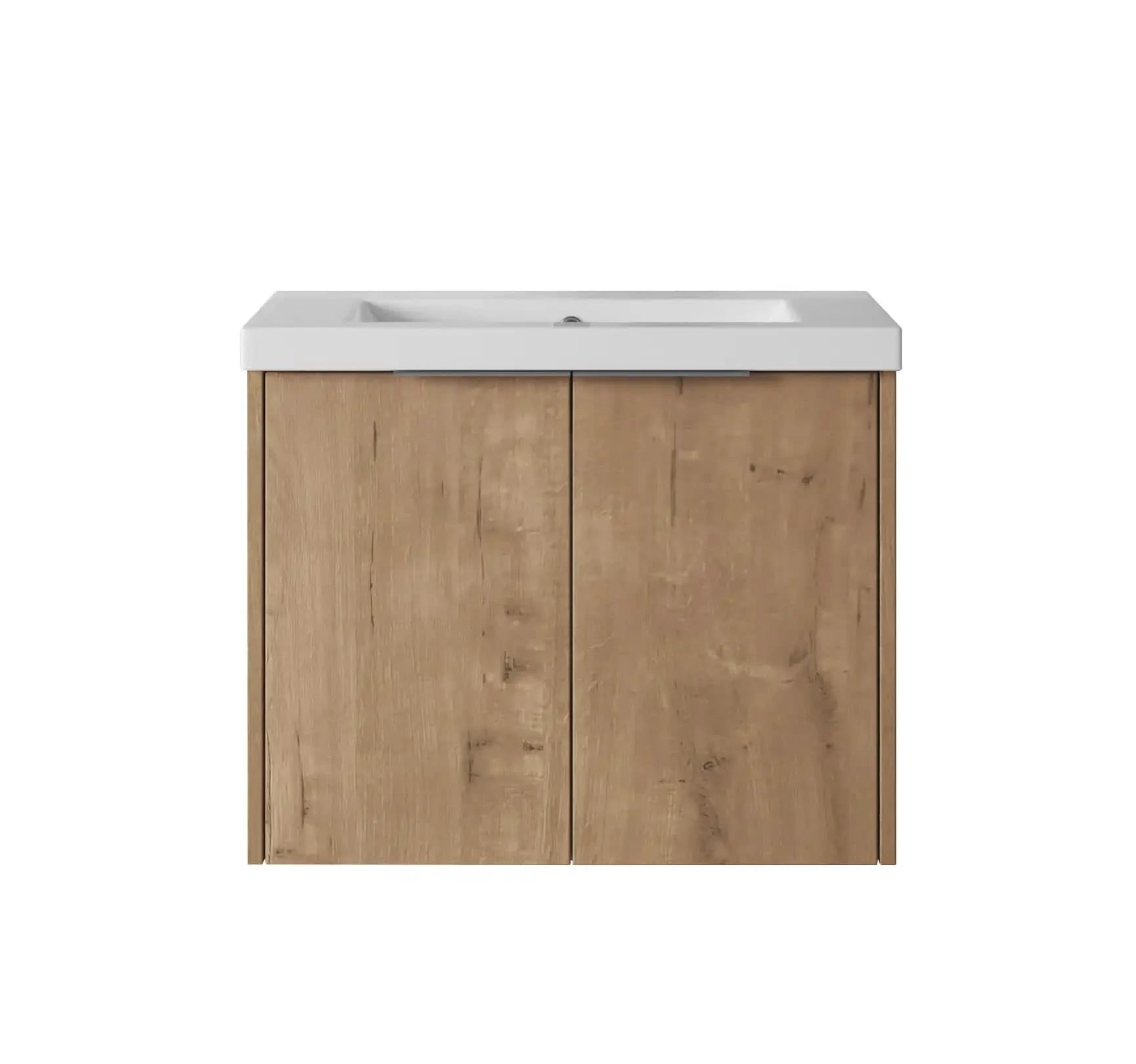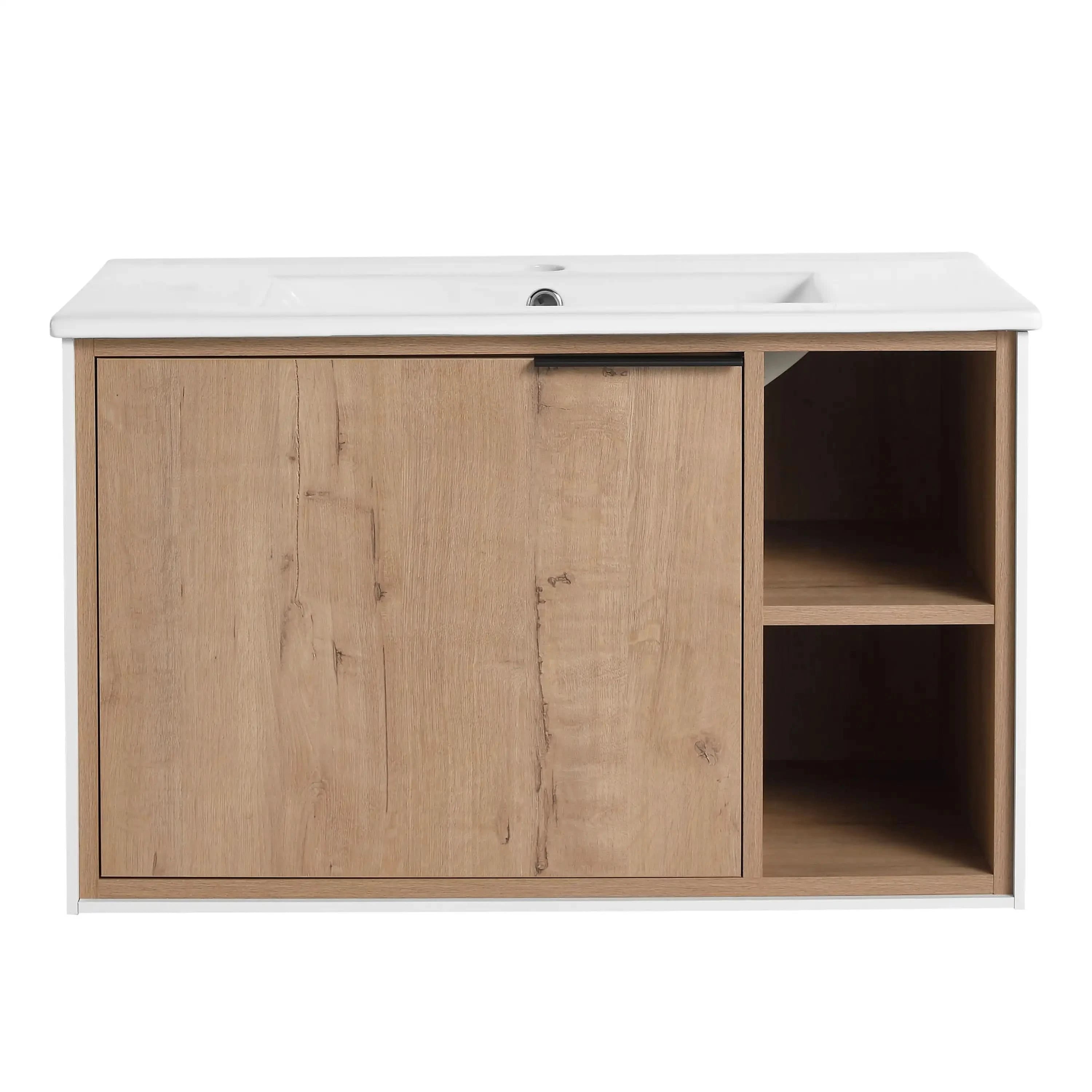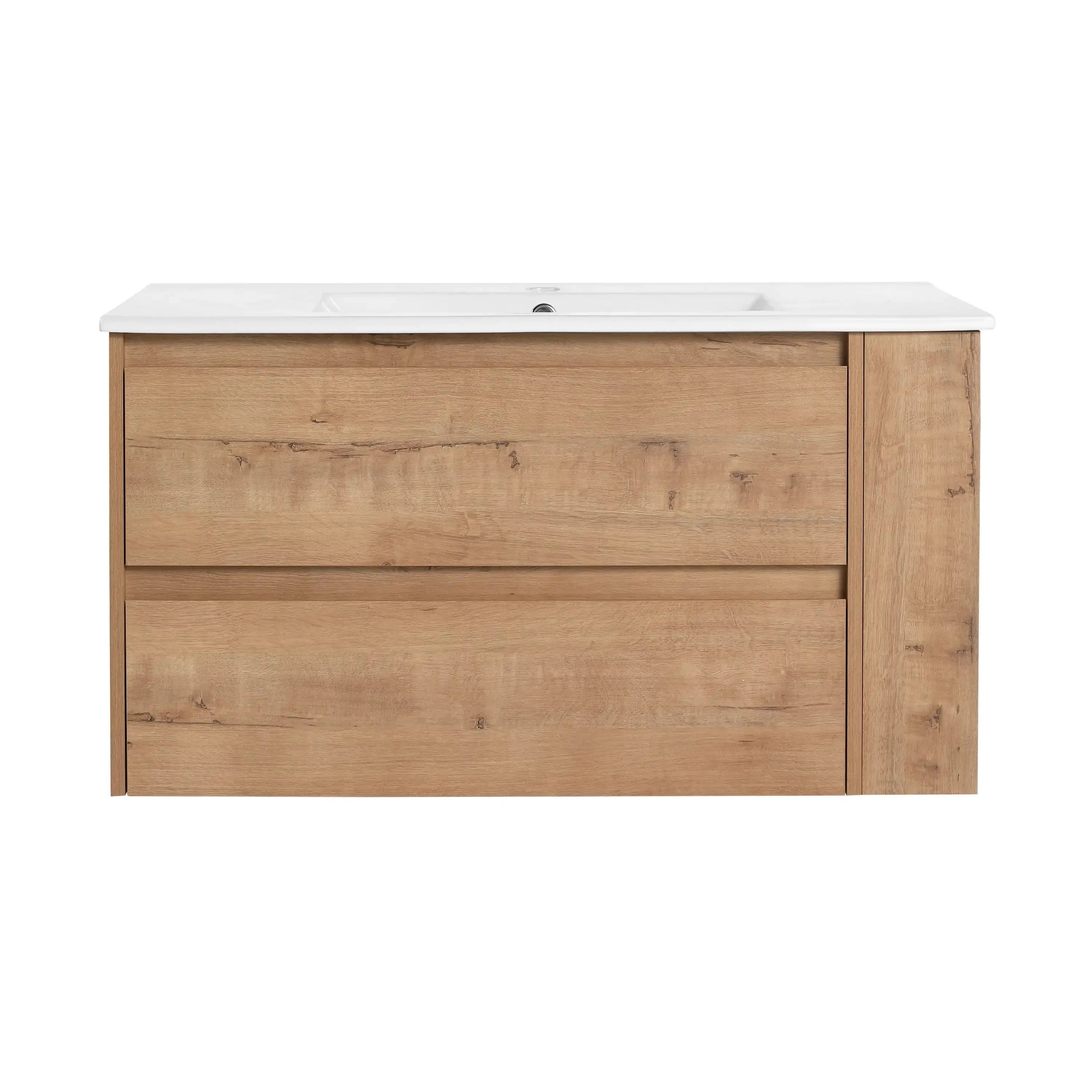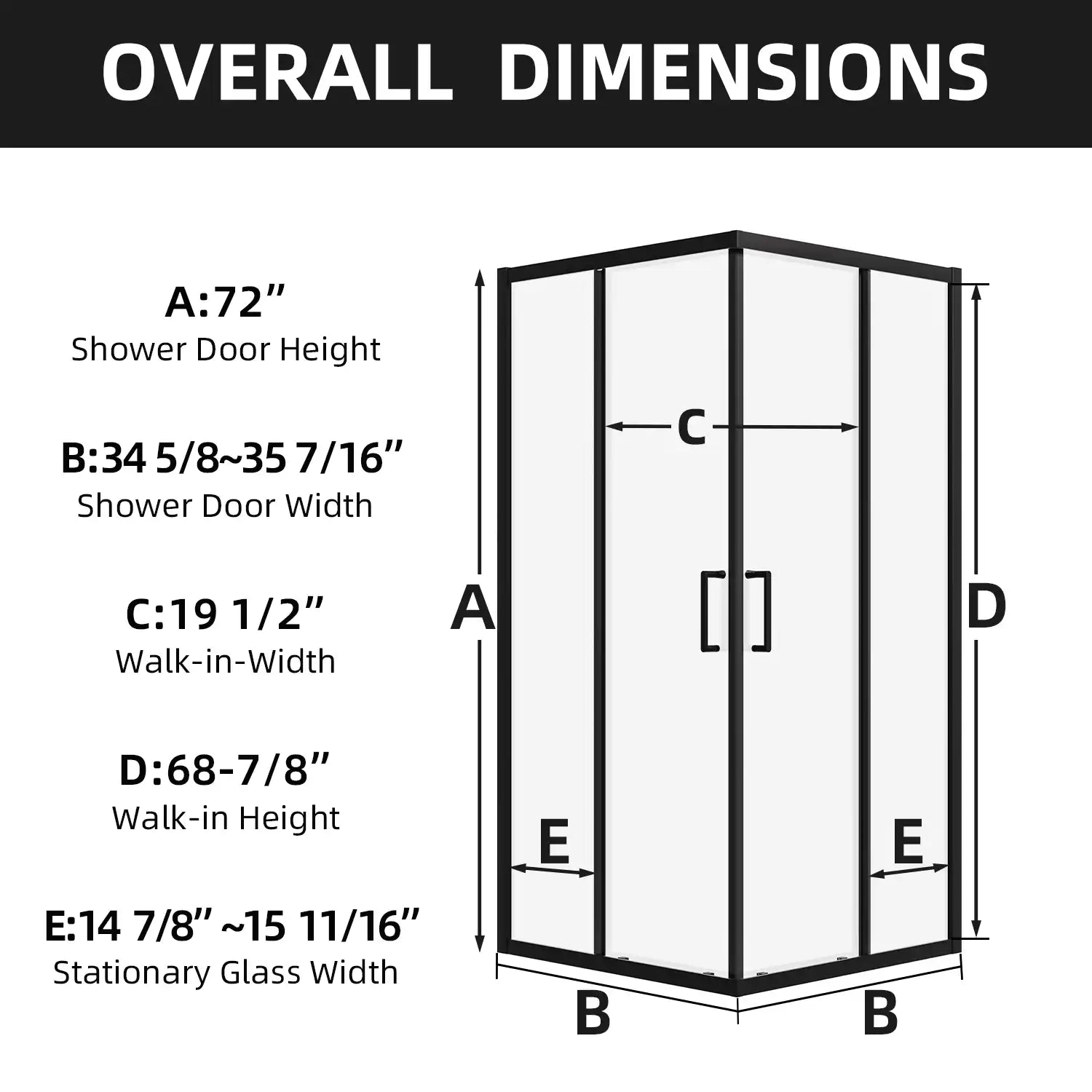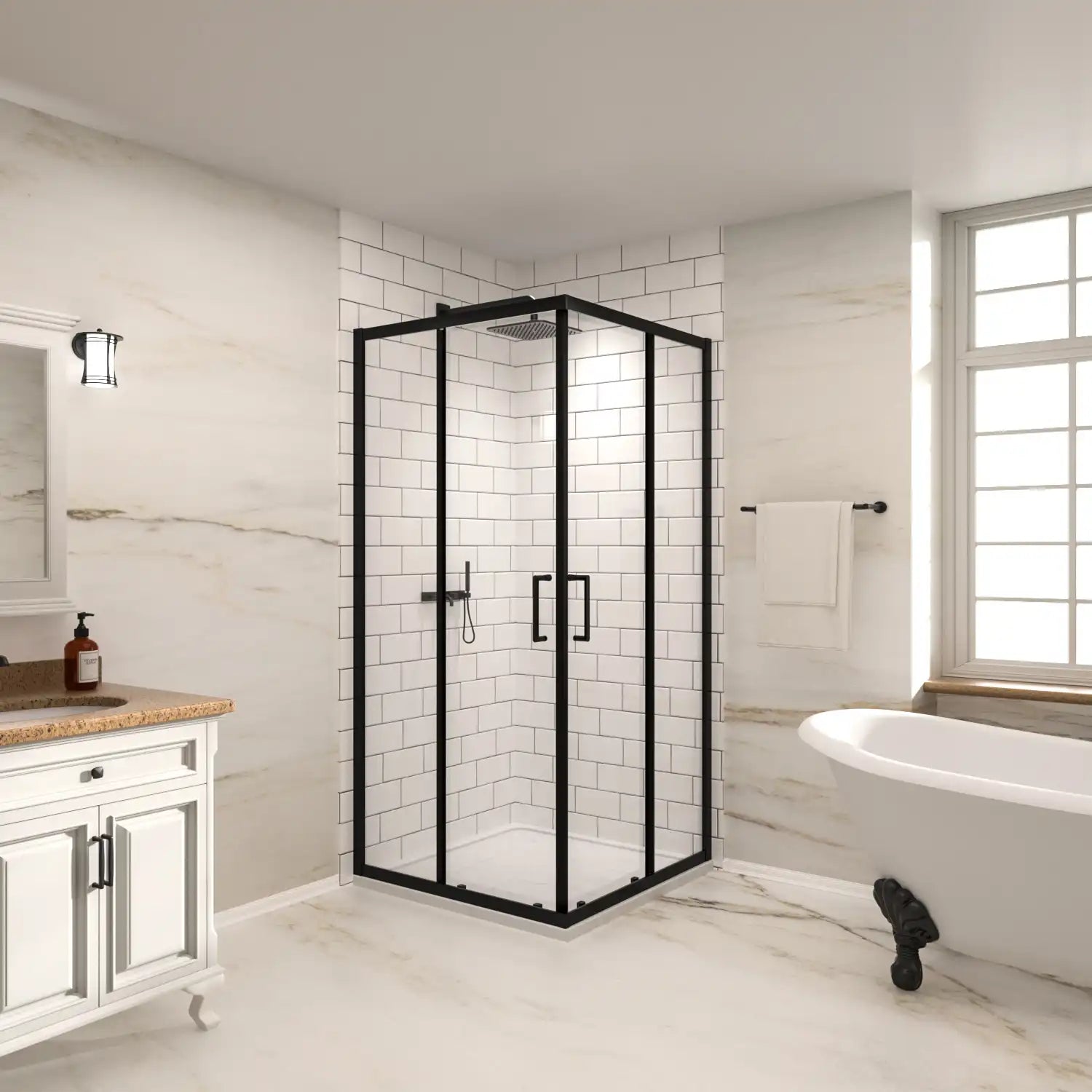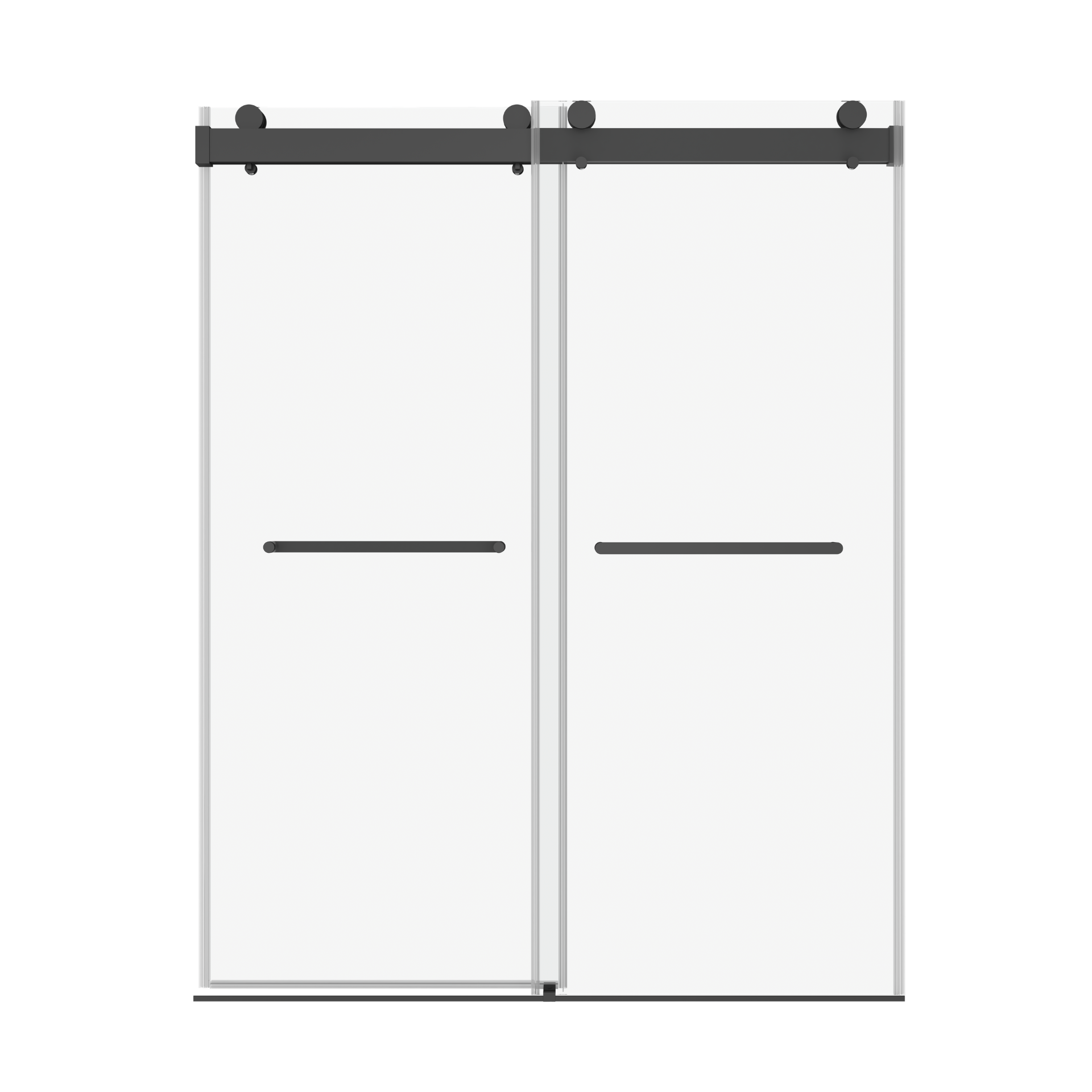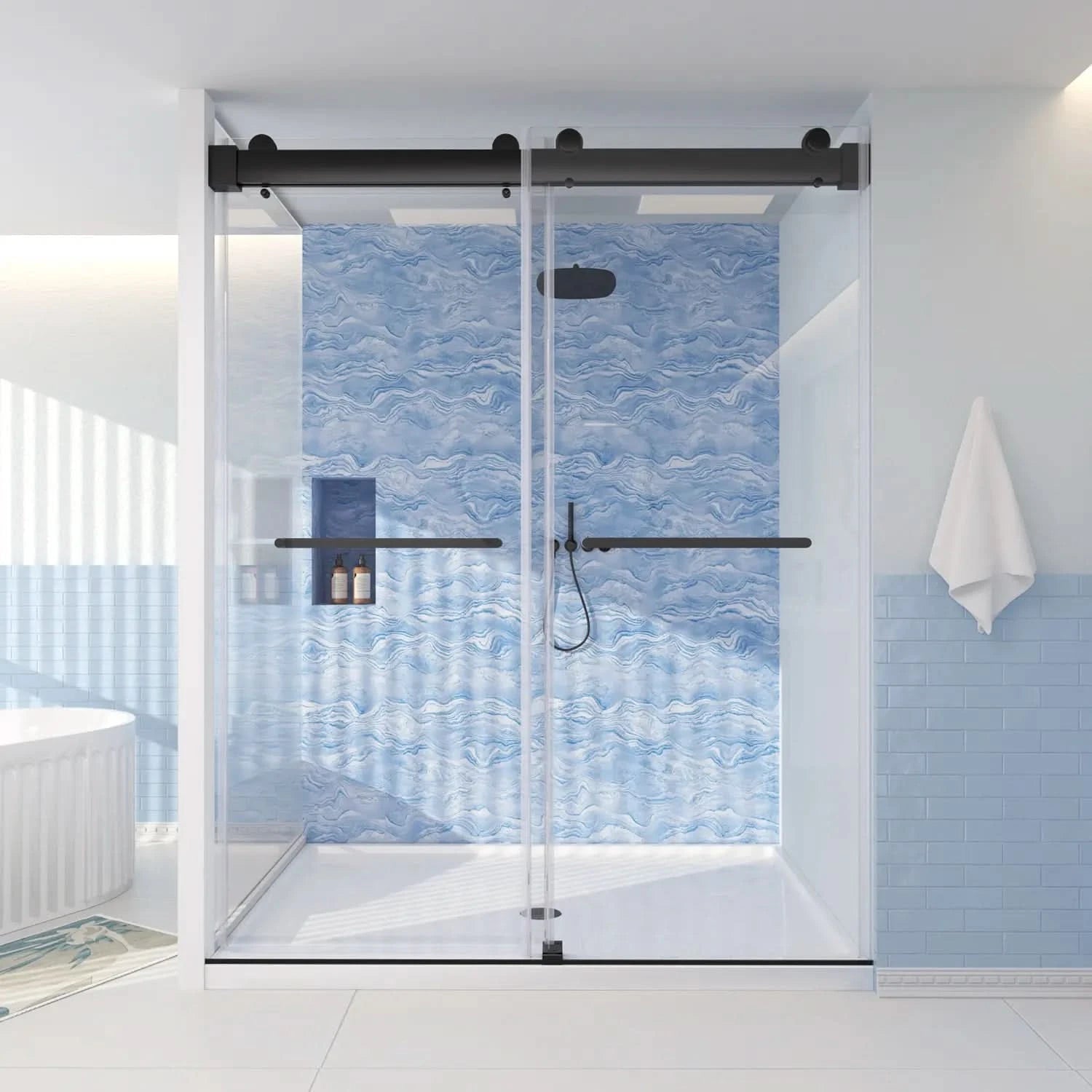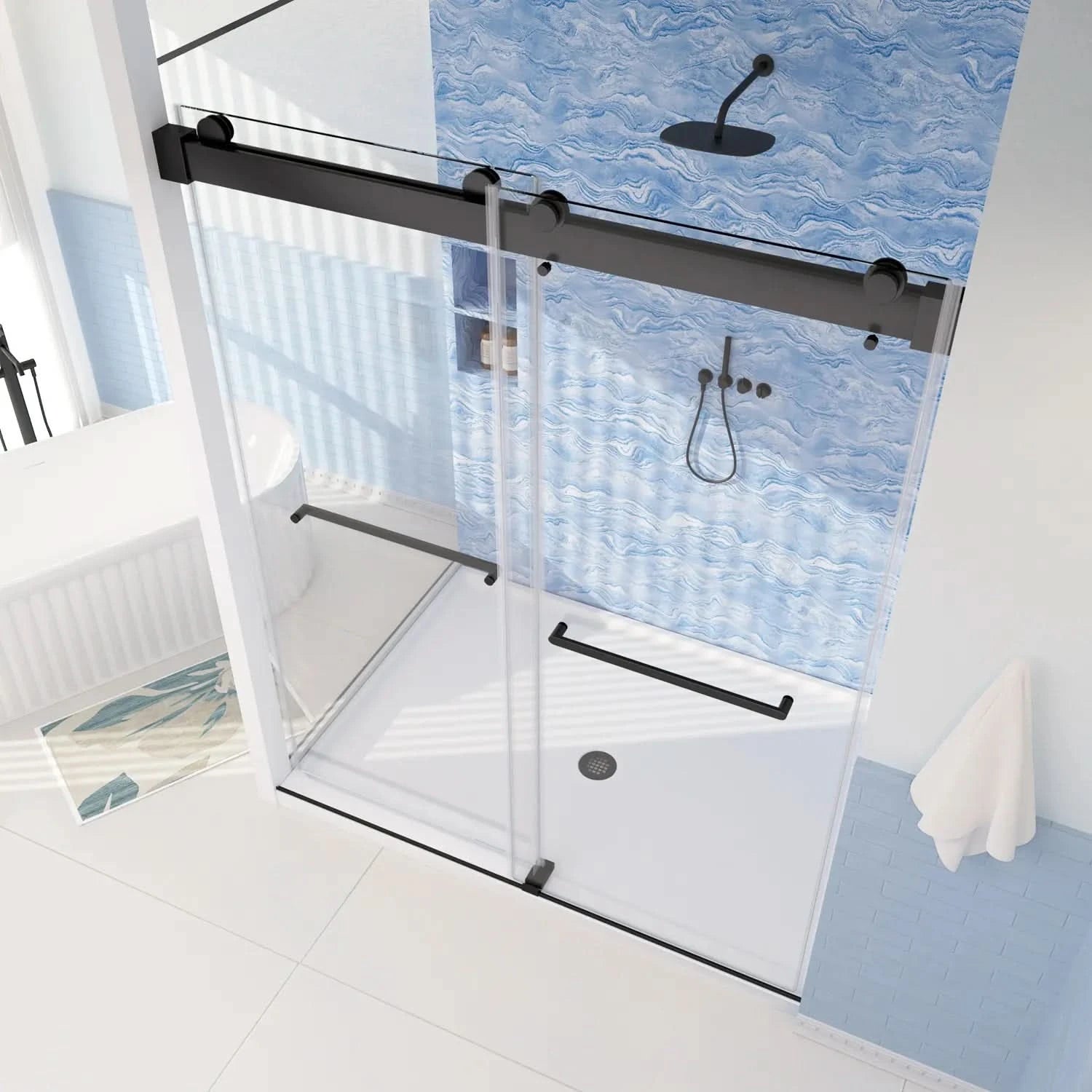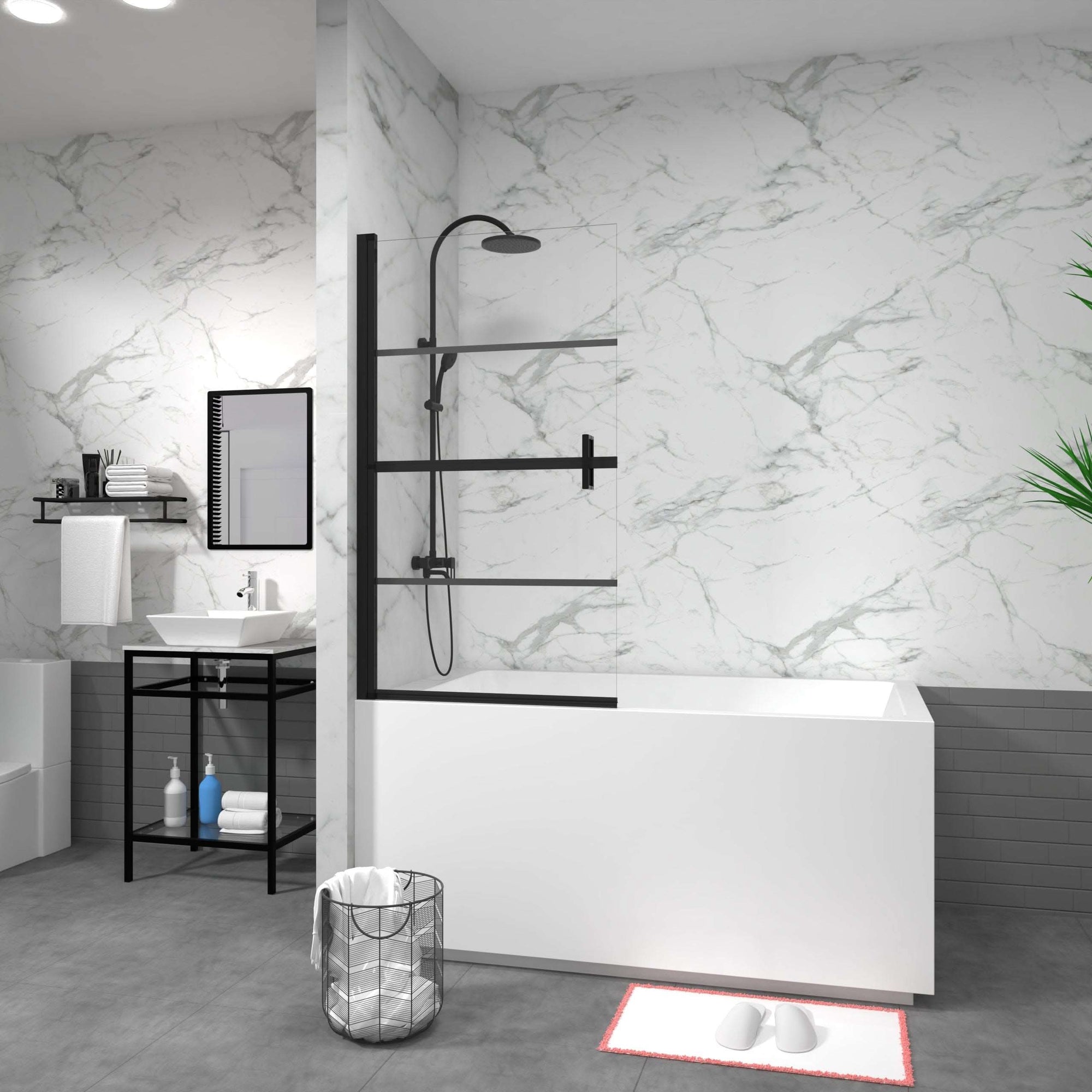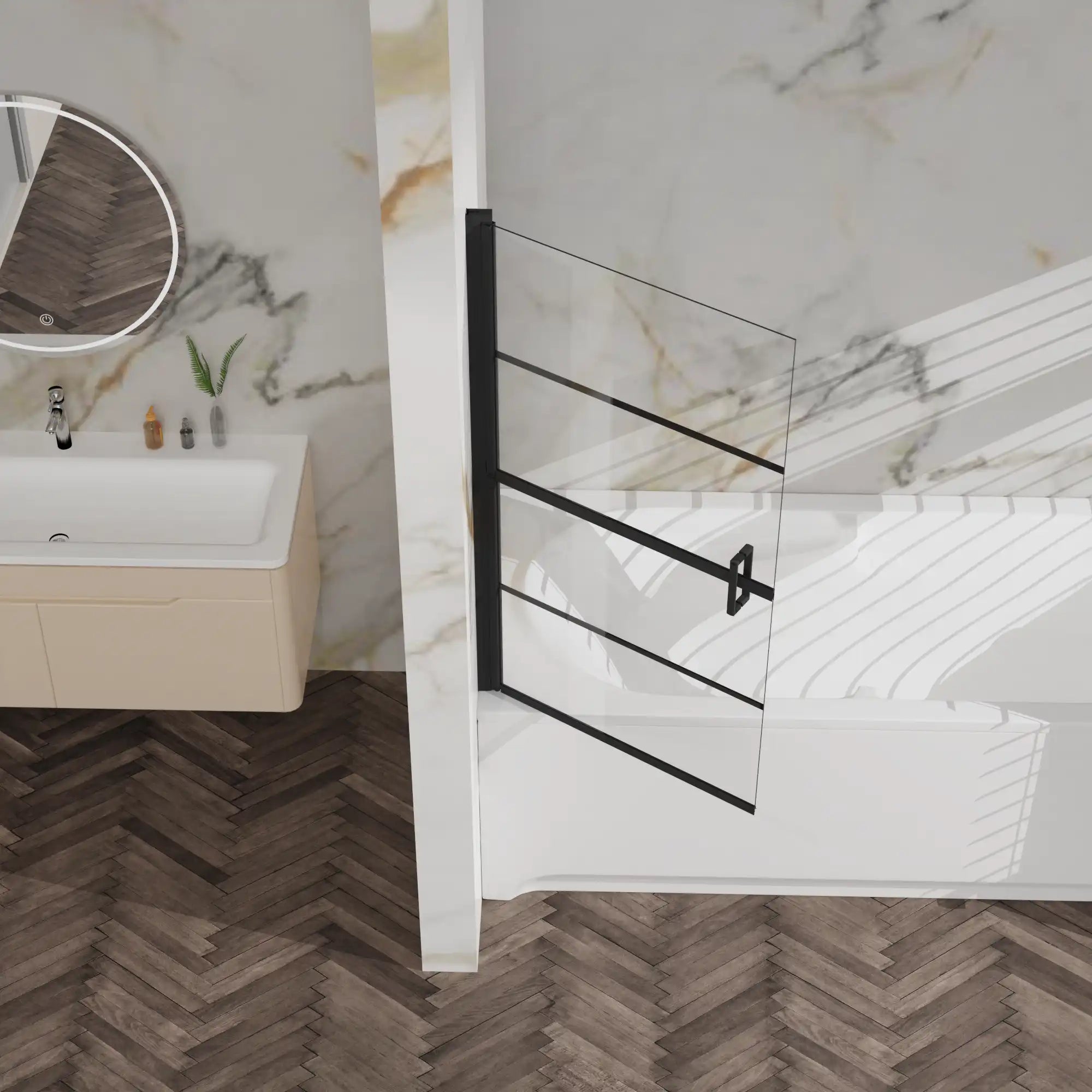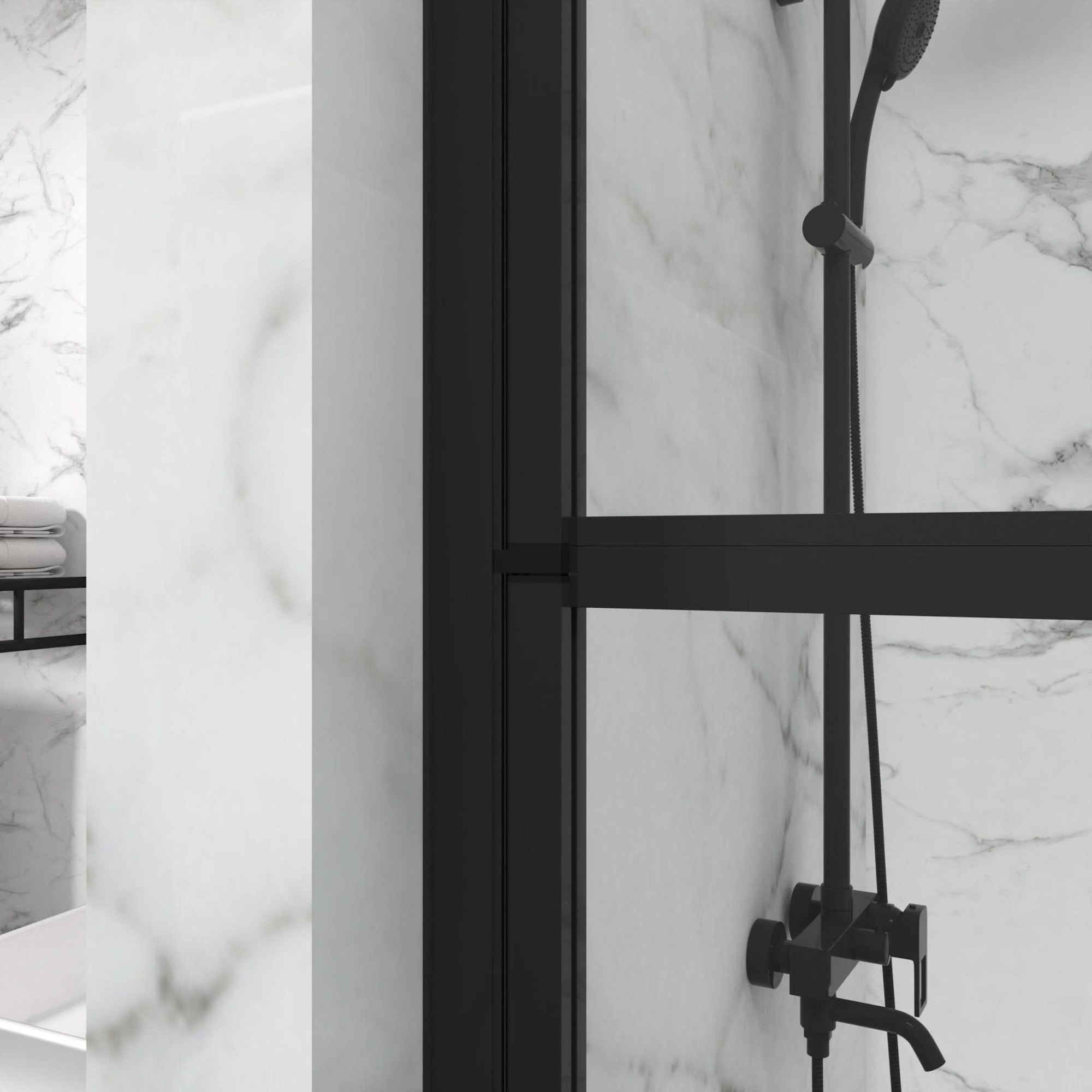Barn doors have become a staple in modern home design, offering a stylish and space-saving solution for interior doors. However, one crucial element often overlooked during installation is the barn door floor guide. This small but essential component ensures your barn door stays aligned, glides smoothly, and remains stable without wobbling or swinging.
In this comprehensive guide, we'll walk you through everything you need to know about installing a barn door floor guide, from selecting the right type for your floor to the step-by-step installation process. Whether you're a seasoned DIY enthusiast or a homeowner looking to improve your barn door's functionality, this guide will help you achieve a smooth and professional result.
Why Do You Need a Barn Door Floor Guide?

Before we get into the installation process, it’s important to understand why a barn door floor guide is such a crucial part of your barn door setup.
Barn doors slide along a track, but without a floor guide, the bottom of the door can swing freely. This not only makes the door unstable but can also lead to damage over time as the door scrapes against the wall or frame. A properly installed floor guide keeps the door aligned, ensuring smooth operation and preventing unwanted movement. In short, it’s a simple yet effective solution that extends the life of your barn door and keeps your space looking clean and stylish.
Types of Barn Door Floor Guides

Not all floor guides are created equal. There are several types of barn door floor guides available, each designed for different door sizes, floor materials, and aesthetic preferences. Here are some of the most common options:
Single-Slot Guide
A single-slot guide is the most basic option. It works by holding the bottom of the barn door in place as it slides. This guide is discreet and easy to install, making it ideal for minimalist designs or rooms where you don’t want visible hardware.
Double-Slot Guide
A double-slot guide is similar to a single-slot guide, but it provides more stability for larger, heavier barn doors. If you have a thicker or oversized barn door, this type of guide offers additional support.
Wall-Mounted Guide
If you don’t want to drill into your floor, a wall-mounted guide is a great alternative. This guide attaches to the wall beside the door and functions similarly to a floor-mounted guide, ensuring the door remains steady while sliding.
U-Channel Guide
The U-channel guide is designed to hold the bottom edge of the door within a channel, offering maximum stability. This option is perfect for high-traffic areas where a door may be frequently opened and closed.
How to Choose the Right Barn Door Floor Guide

Choosing the right floor guide for your barn door depends on several factors, including the type of flooring in your home, the size and weight of the door, and your personal design preferences. Here’s what to consider:
Flooring Material
The type of flooring in your home can affect your choice of floor guide. For example, a U-channel guide may work best on tile or wood floors, while a wall-mounted guide is a better option for homes with carpet, as it avoids floor contact entirely.
Door Size and Weight
Heavier or larger doors require more robust support. If your barn door is thick and substantial, a double-slot or U-channel guide will provide the extra stability needed to ensure the door operates smoothly without wobbling.
Aesthetic Preferences
Barn door floor guides come in various designs, from sleek and minimal to more visible, industrial styles. If you prefer a minimalist look, a discreet single-slot guide is a good choice, while those looking for a rustic or industrial finish may opt for a more prominent U-channel guide.
At ACE DECOR, we offer a wide range of barn door hardware options, including sliding glass door systems like our Silver Stainless Steel Single Sliding Shower Door and Frameless Single Sliding Shower Door, all designed to provide a smooth, stable sliding experience.
Step-by-Step Installation Guide for Barn Door Floor Guides

Once you’ve chosen the right floor guide, it’s time to install it. Below is a step-by-step guide to ensure a seamless installation.
Tools You’ll Need:
- Floor guide kit
- Measuring tape
- Pencil or marker
- Drill and appropriate drill bit for your floor type (tile, wood, etc.)
- Screwdriver
- Level
Step 1: Measure the Door and Guide Placement
Start by closing your barn door completely. Place the floor guide next to the door, ensuring it’s positioned where the bottom of the door will stay in the guide while sliding. Use a measuring tape to confirm the guide is centered with the door. Mark the spot where you’ll install the guide with a pencil.
Step 2: Check the Alignment
Use a level to make sure the floor guide is properly aligned with the barn door track above. The guide should be in line with the door and straight to avoid any misalignment when the door is in motion.
Step 3: Pre-Drill Holes
Depending on your floor type, you’ll need to use the appropriate drill bit to pre-drill holes for the guide’s screws. For wood or tile floors, make sure to use the correct drill bit to prevent damaging the floor. If you’re installing a wall-mounted guide, skip this step and proceed with wall installation.
Step 4: Secure the Guide in Place
Position the guide over the pre-drilled holes and secure it using screws. Tighten the screws with a screwdriver to ensure the guide is firmly in place, but be careful not to overtighten, especially on delicate floors like tile.
Step 5: Test the Door
Once the guide is installed, slide the barn door open and closed a few times to test the movement. Make sure the door glides smoothly and stays securely within the guide. If necessary, adjust the guide’s position for better alignment.
Common Mistakes to Avoid During Installation

While installing a barn door floor guide is a relatively straightforward process, there are a few common mistakes that can affect the functionality of your door.
Not Measuring Properly
Accurate measurement is crucial for a smooth installation. If the guide is not centered or aligned with the track above, your barn door may wobble or come off track during use.
Using the Wrong Tools
Always use the correct drill bit for your flooring material. Using the wrong tools can damage your floors, especially if you’re drilling into tile or hardwood.
Ignoring the Door Size and Weight
If your door is particularly heavy or oversized, ensure that you choose a floor guide capable of supporting the extra weight. Using a basic guide for a large door may lead to instability or premature wear.
Maintaining Your Barn Door Floor Guide

Once installed, maintaining your barn door floor guide is simple. To keep your barn door operating smoothly, it’s important to regularly clean and inspect the guide for any debris or obstructions. Dust, pet hair, or small objects can accumulate in the guide slot over time, which can cause the door to stick or not slide smoothly.
A quick clean with a vacuum or a damp cloth is usually sufficient to keep the floor guide in good working order. Regular inspections also help ensure that the screws remain tight and that the guide stays securely in place.
Where to Find High-Quality Barn Door Floor Guides
At ACE DECOR, we offer a wide selection of barn door hardware and sliding door systems that combine both style and functionality. Whether you're installing a barn door in your living room or a sleek shower door in your bathroom, our high-quality products like the Silver Stainless Steel Single Sliding Shower Door and the Frameless Single Sliding Shower Door provide the durability and modern design that your home deserves.
FAQs
What is the purpose of a barn door floor guide?
A barn door floor guide keeps the bottom of the door aligned as it slides, preventing it from swinging or wobbling during operation.
Can I install a floor guide on carpet?
Yes, but a wall-mounted guide might be a better option for homes with carpet to avoid interfering with the floor.
Do all barn doors need a floor guide?
Yes, without a floor guide, barn doors can become misaligned, leading to wobbling and potentially damaging the door or wall.
What’s the difference between a single-slot and double-slot floor guide?
A single-slot guide is designed for standard doors, while a double-slot guide provides extra stability for larger or heavier barn doors.
How often should I clean my barn door floor guide?
It’s recommended to clean the guide every few months or whenever you notice debris in the guide track.

